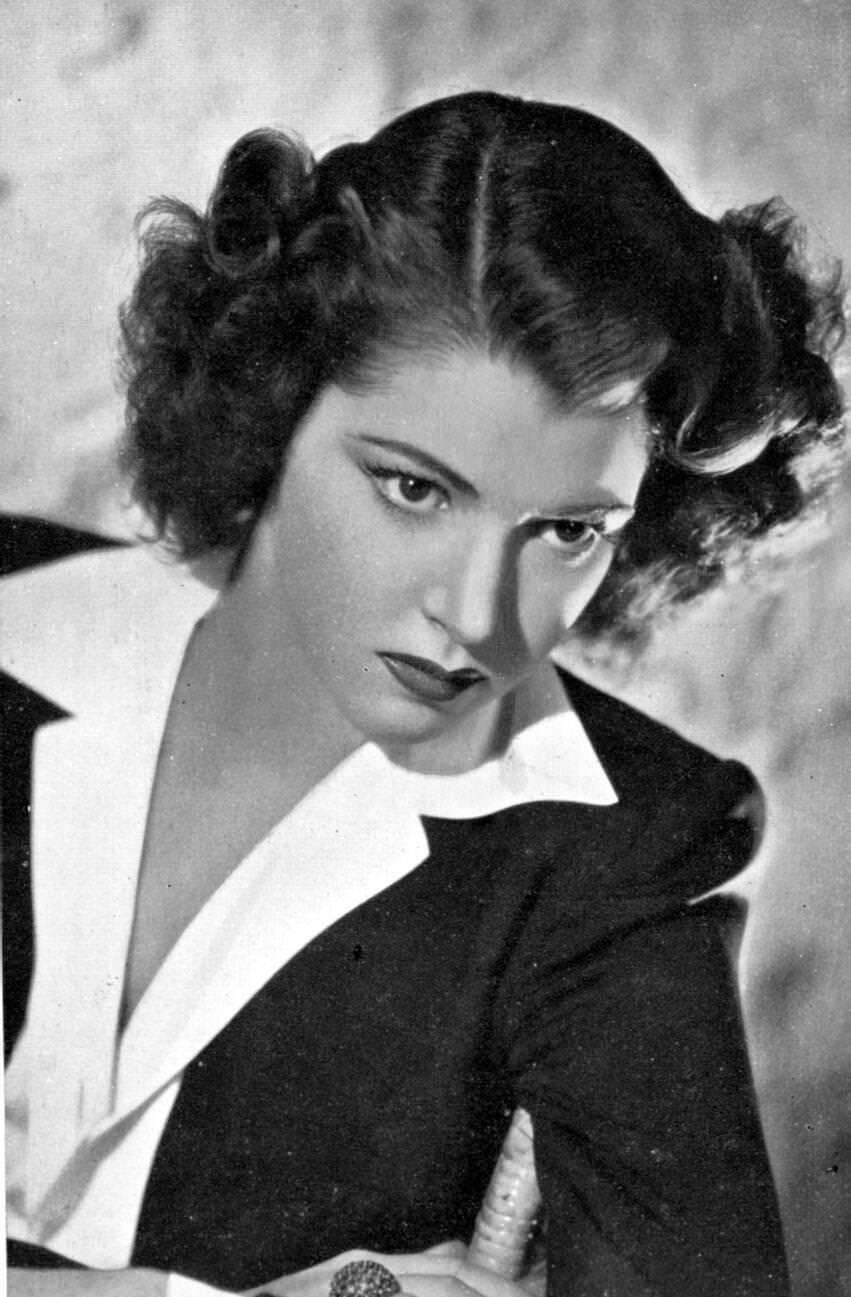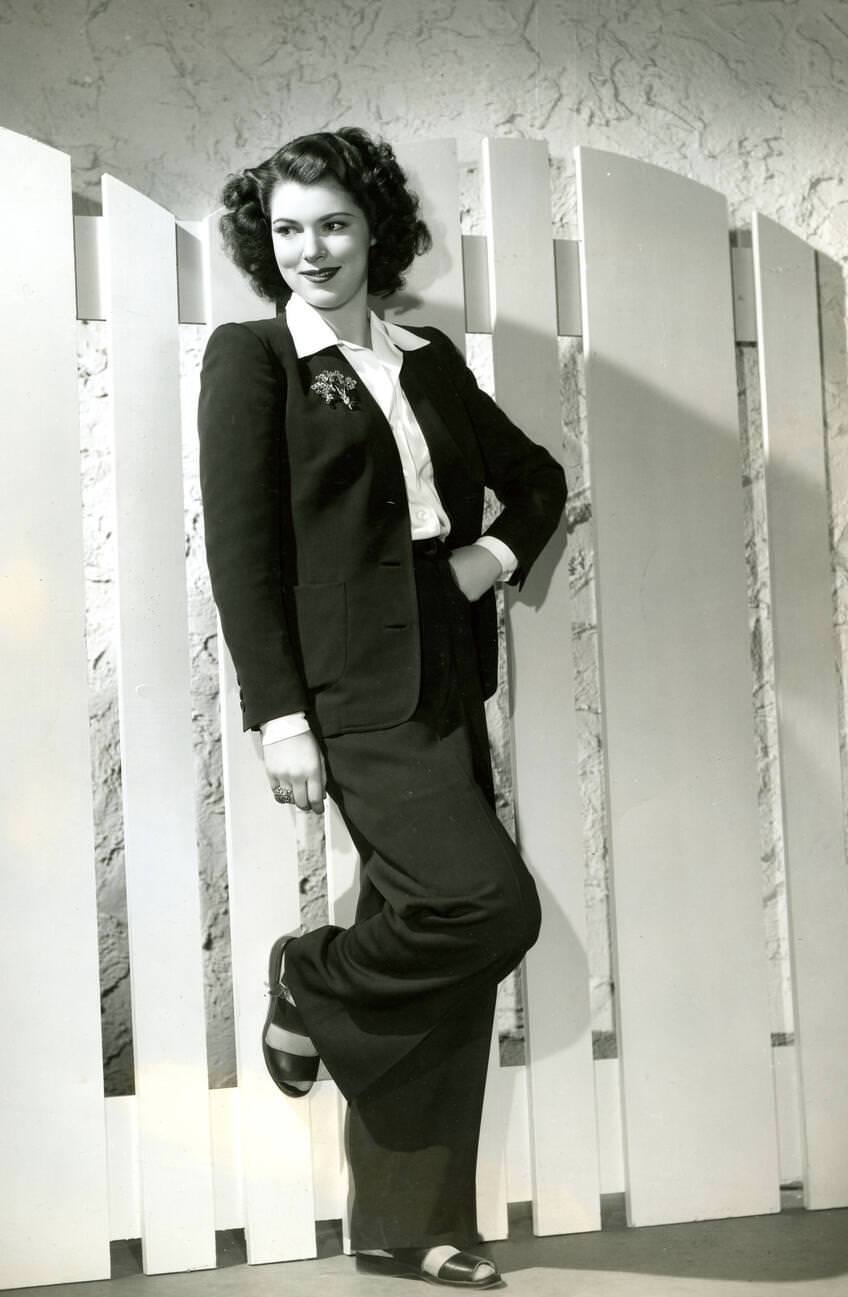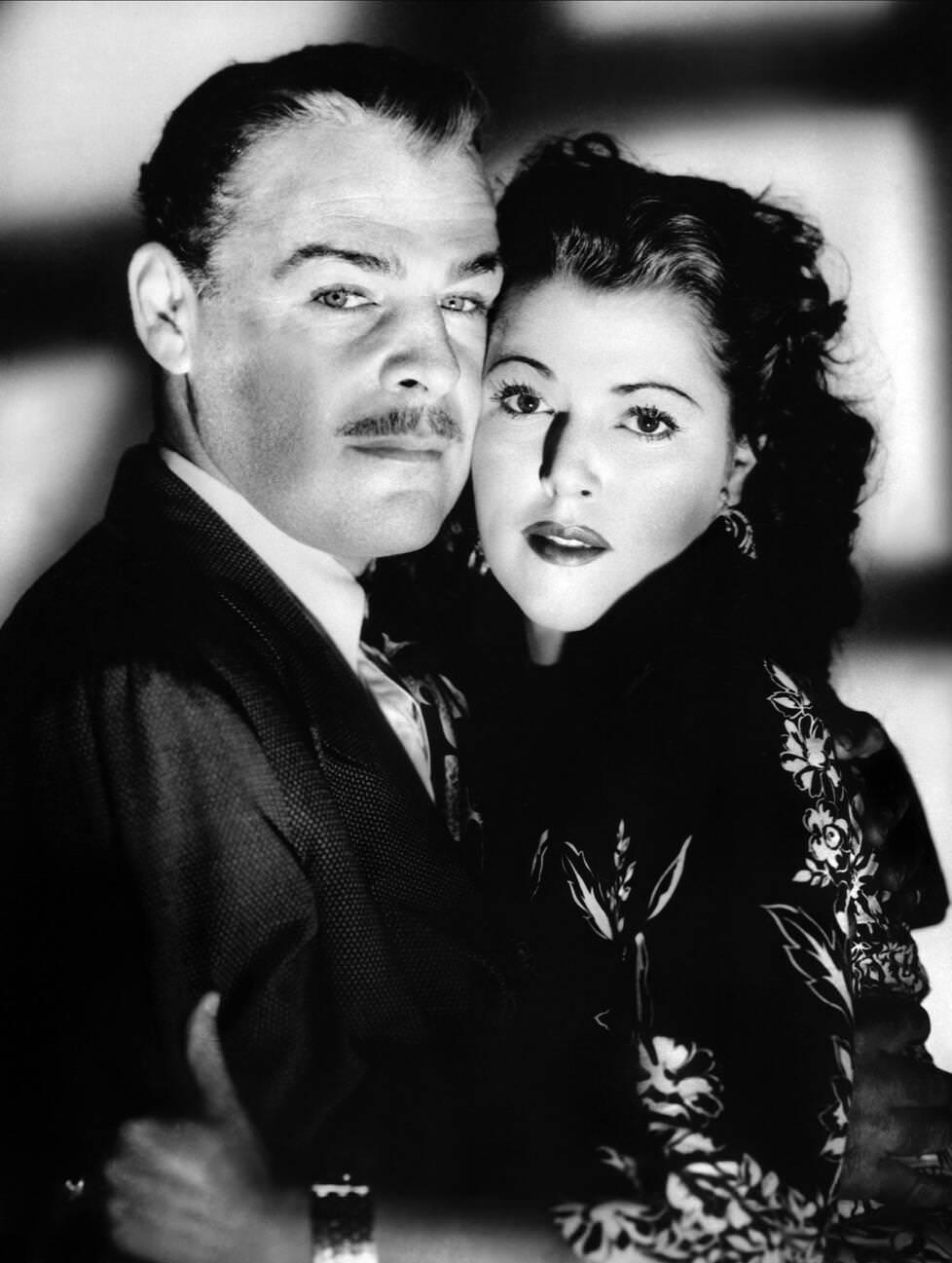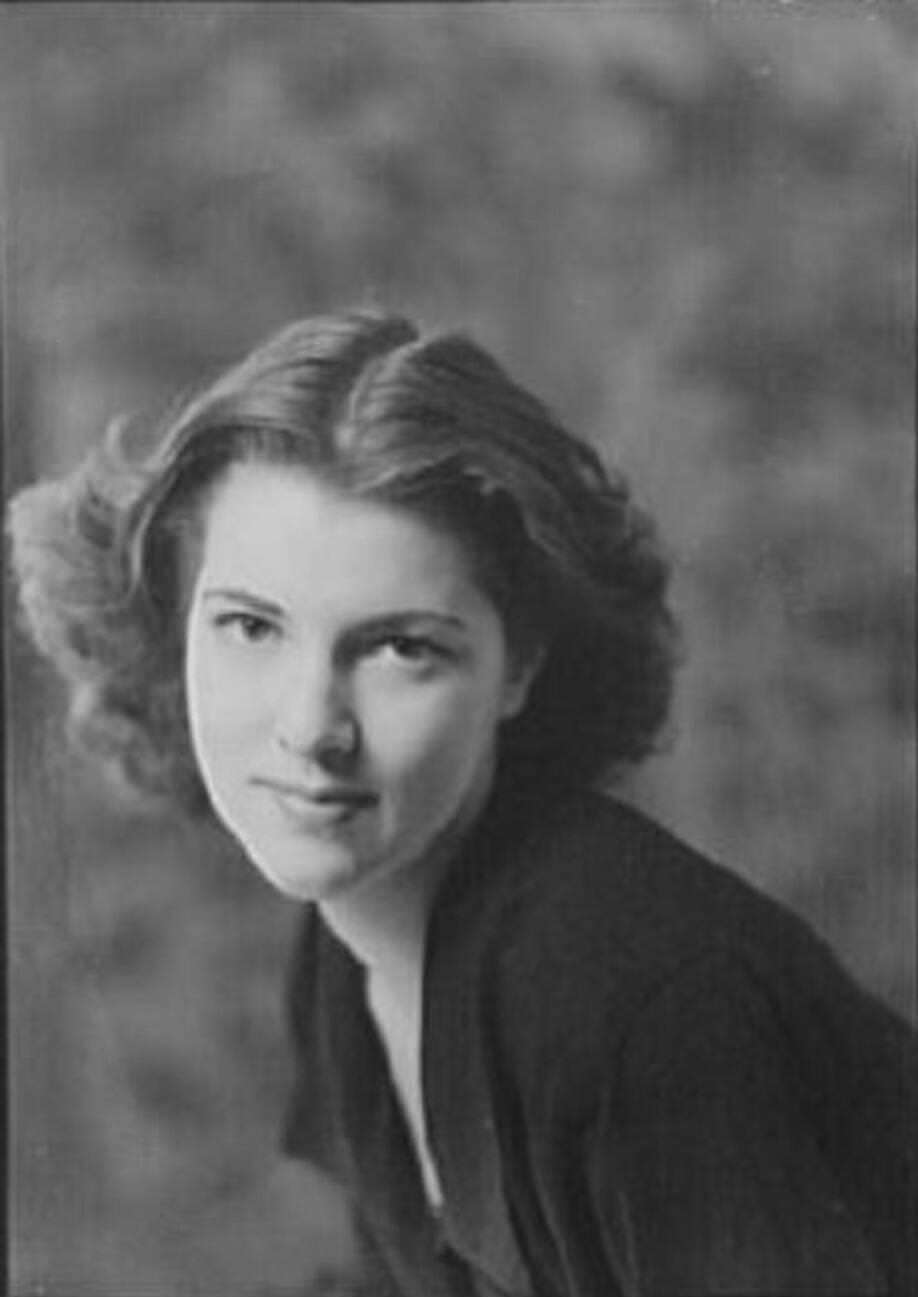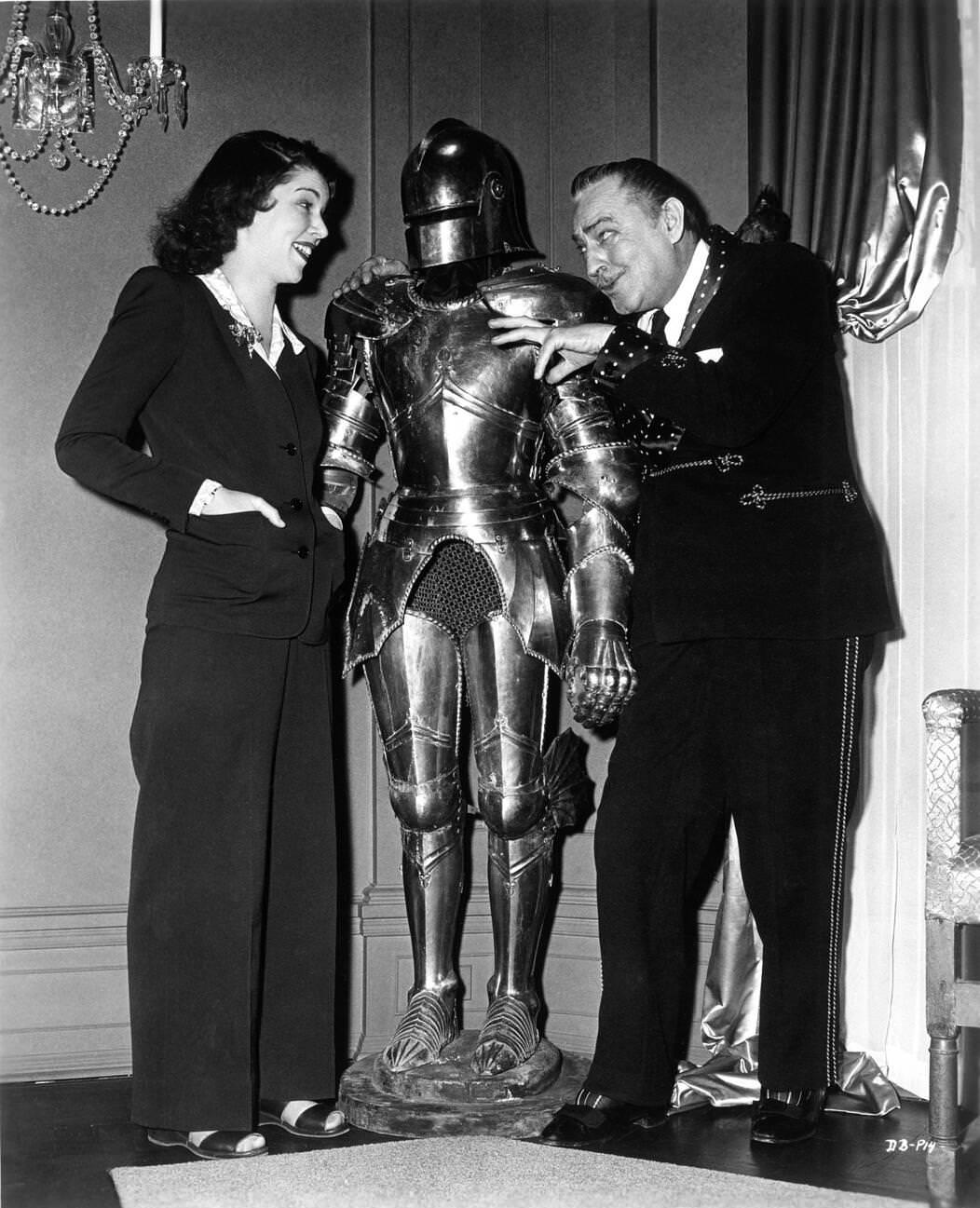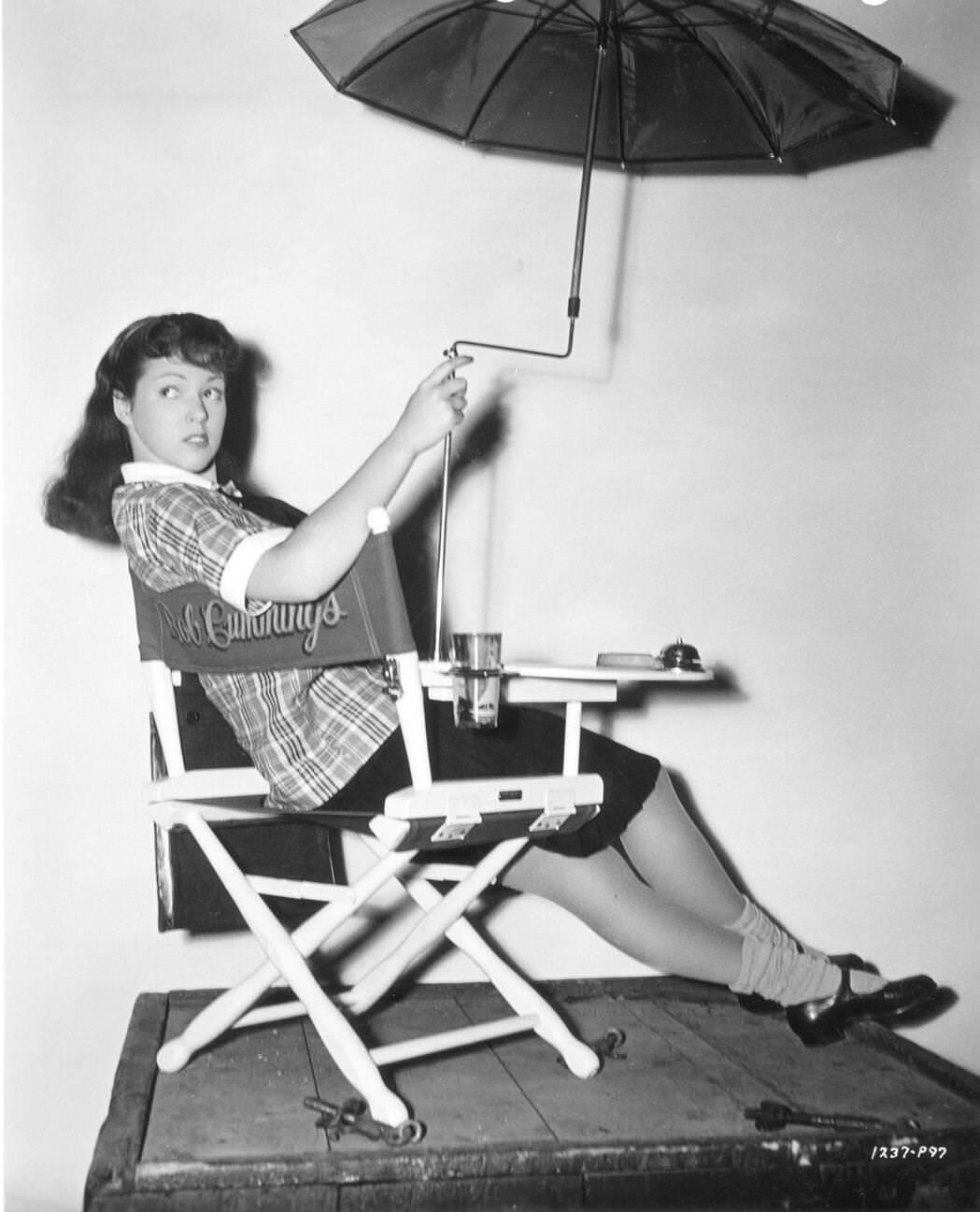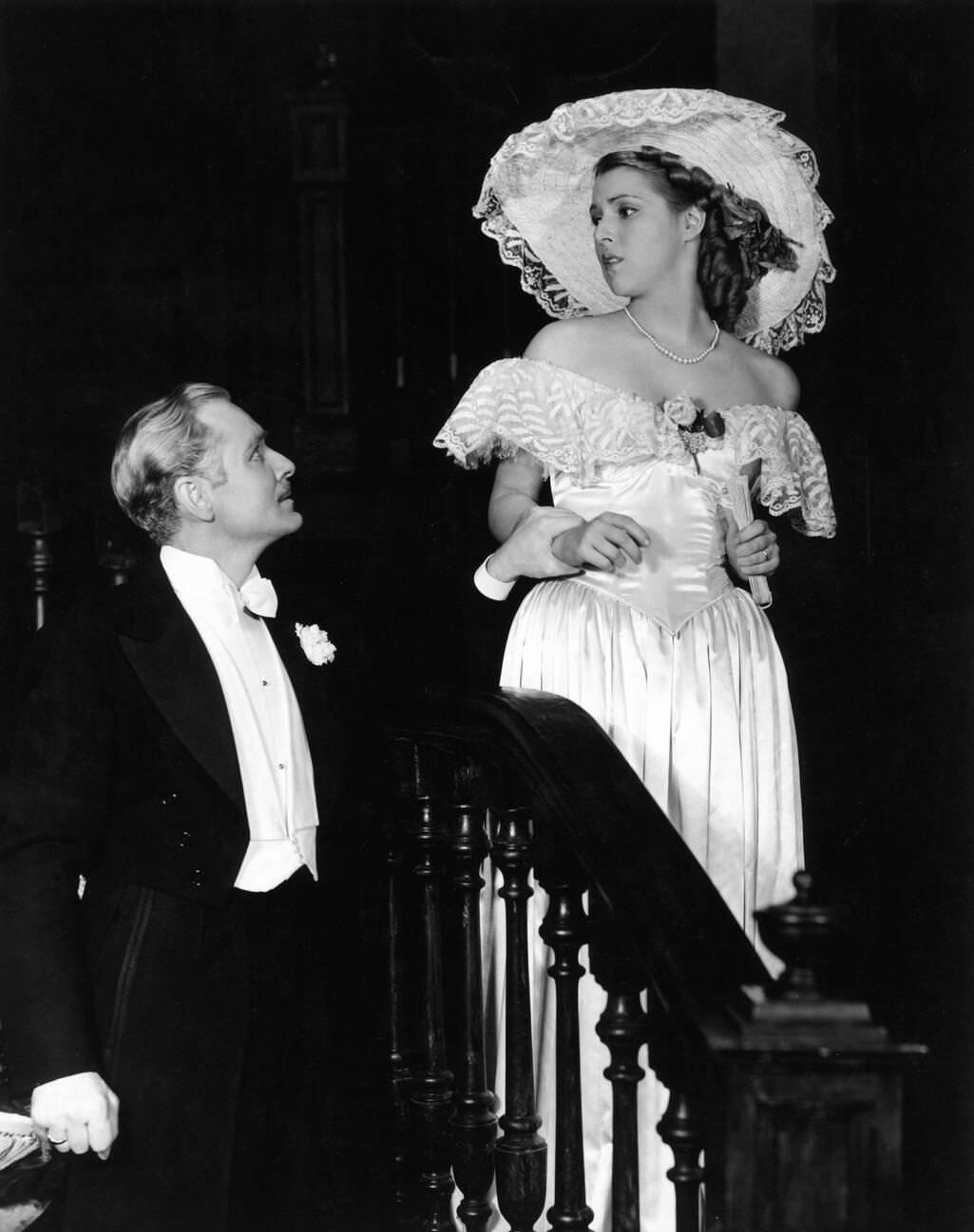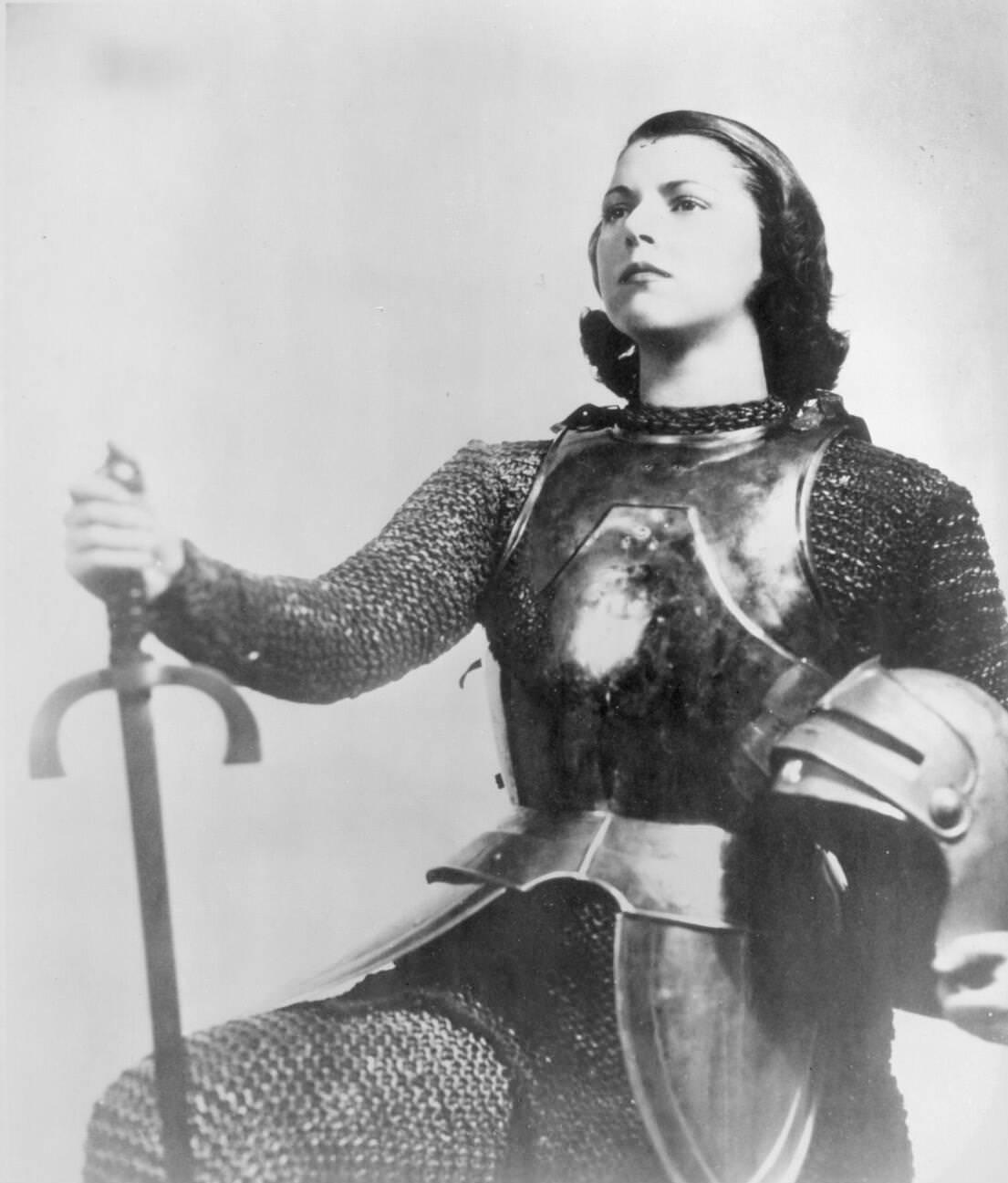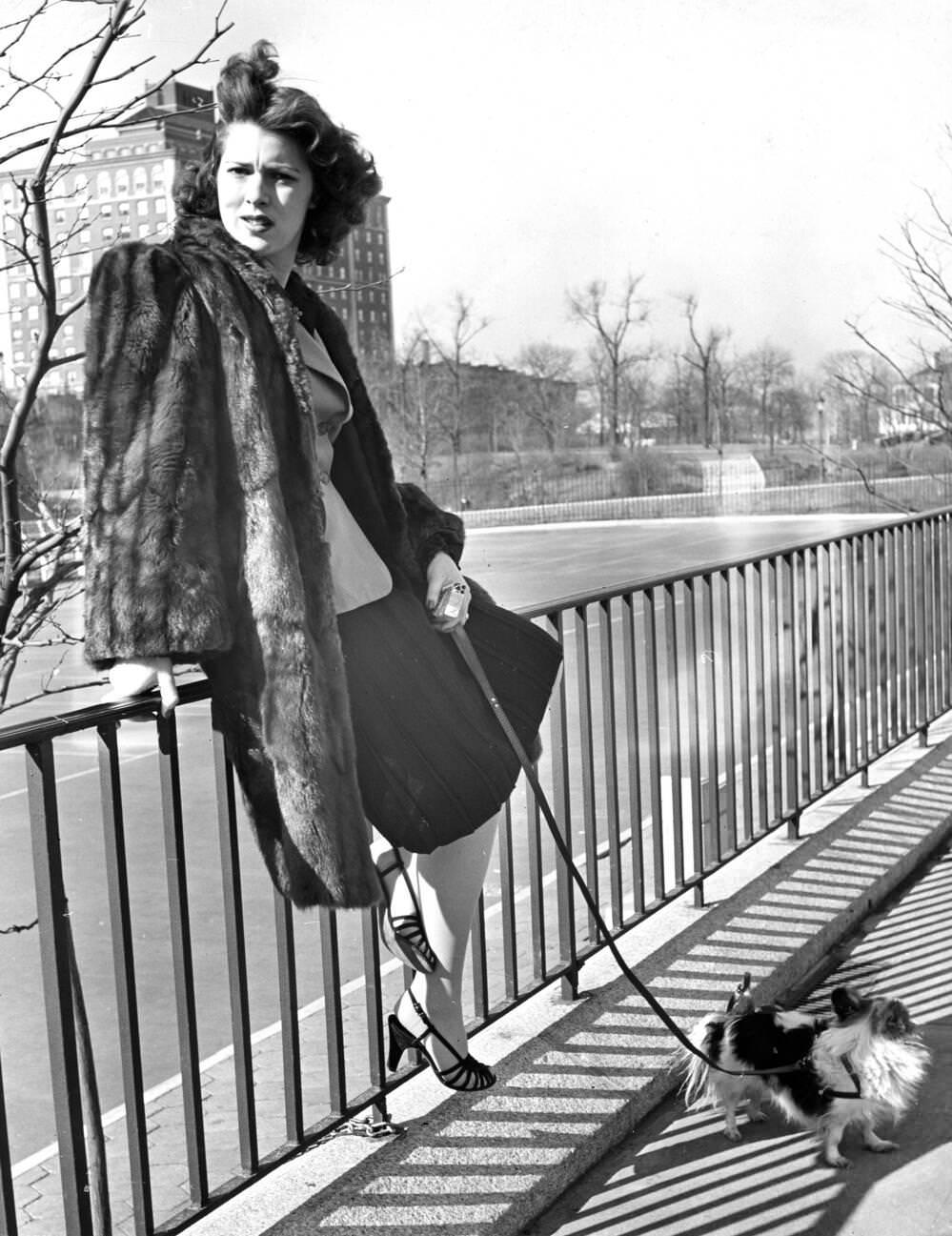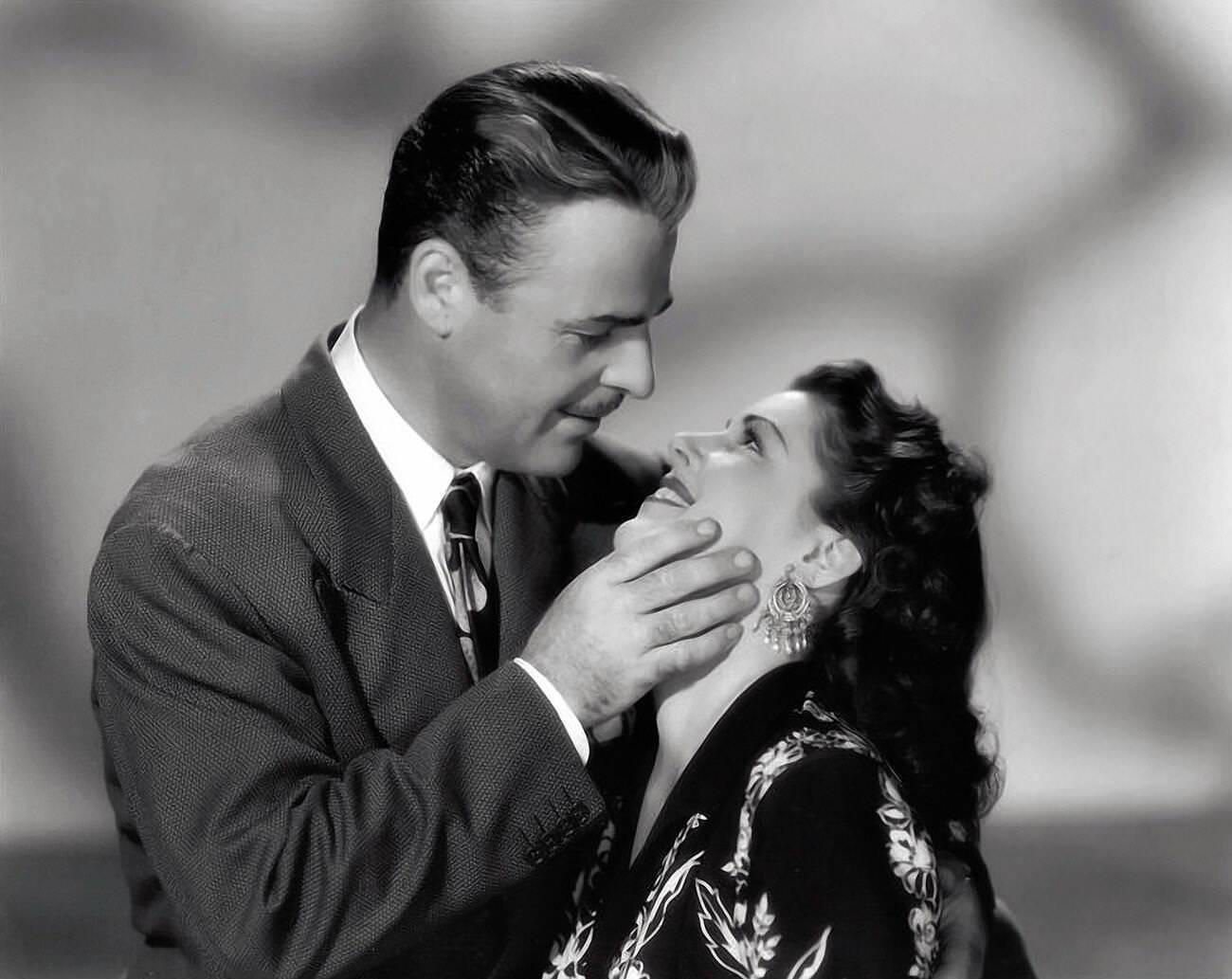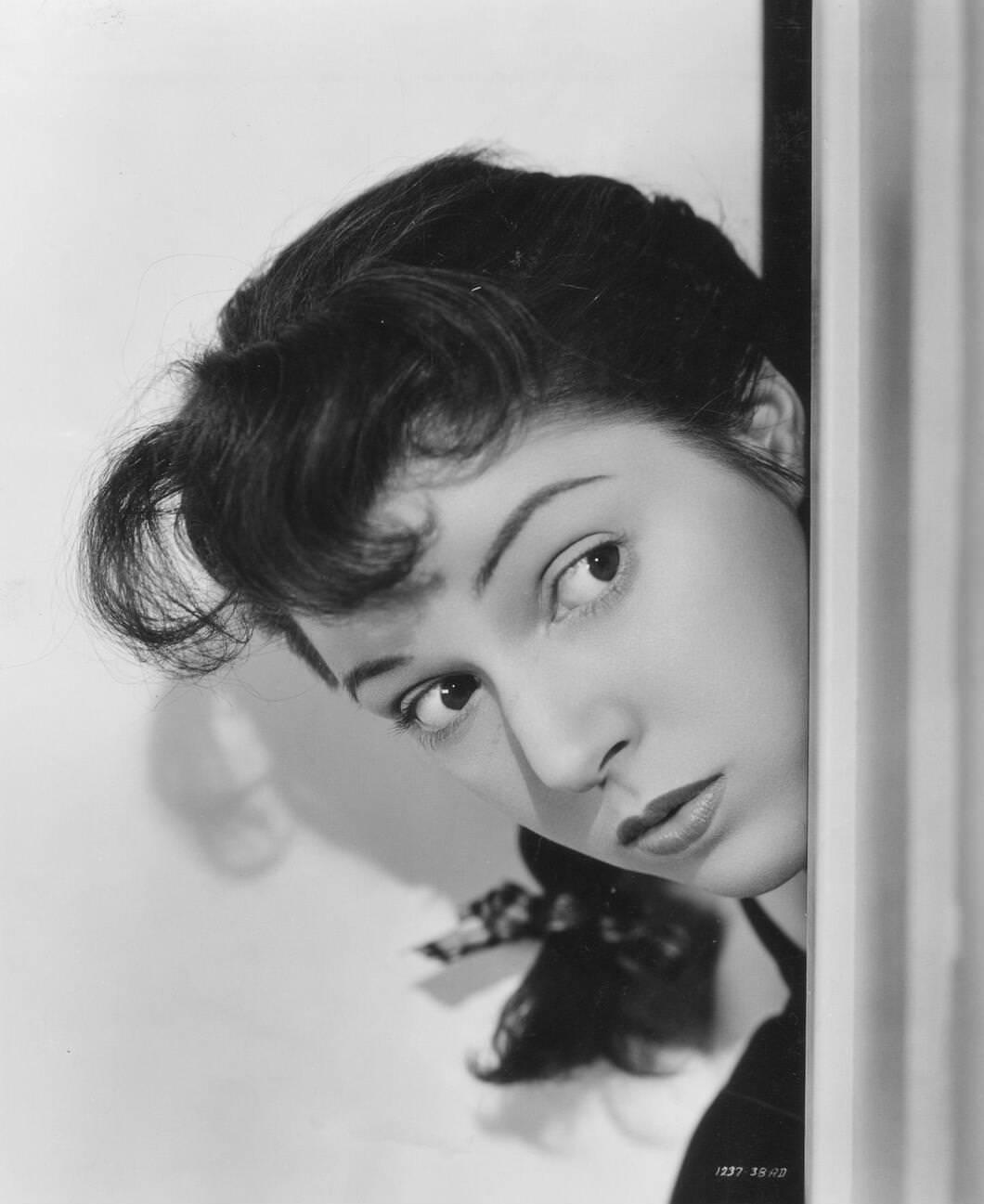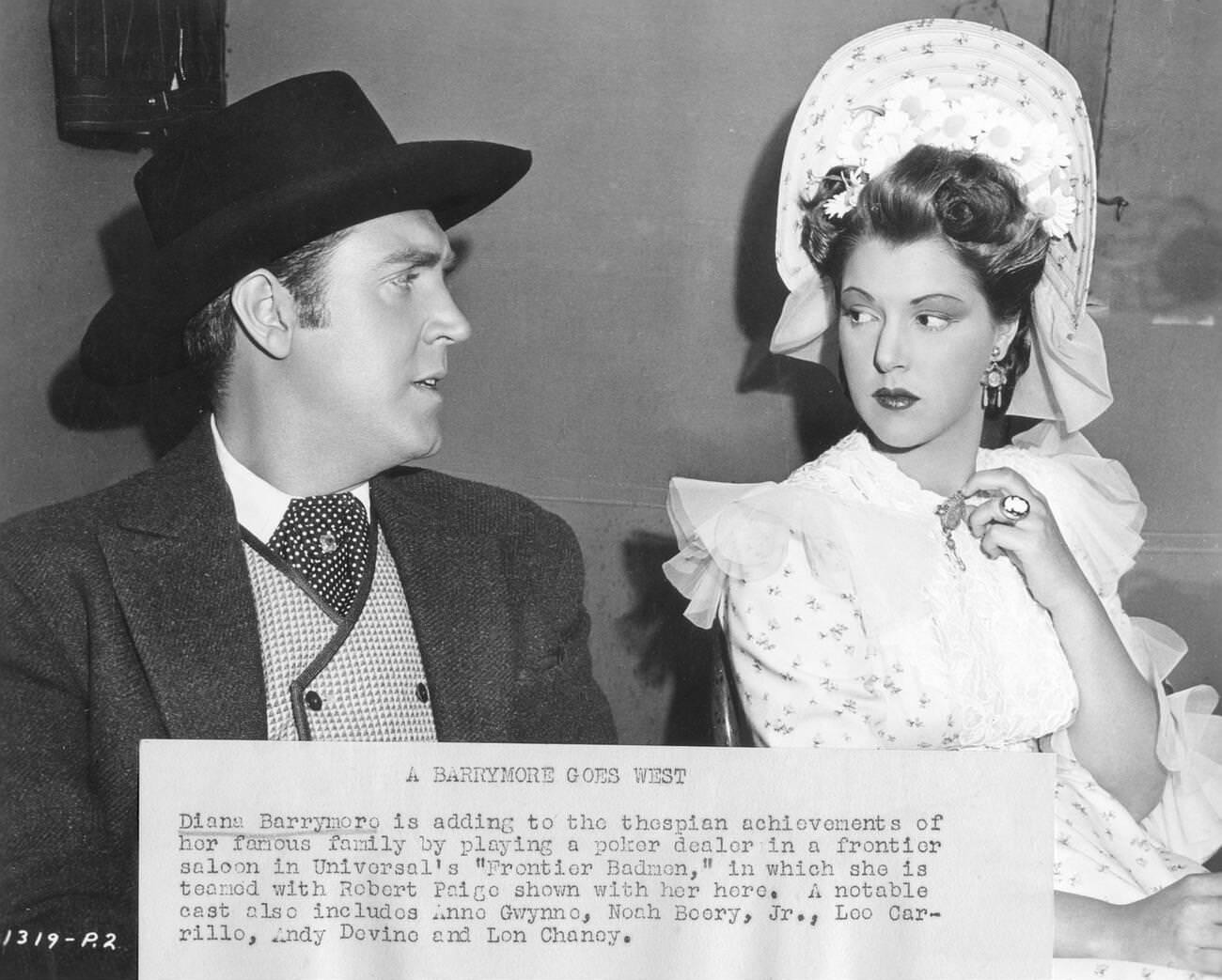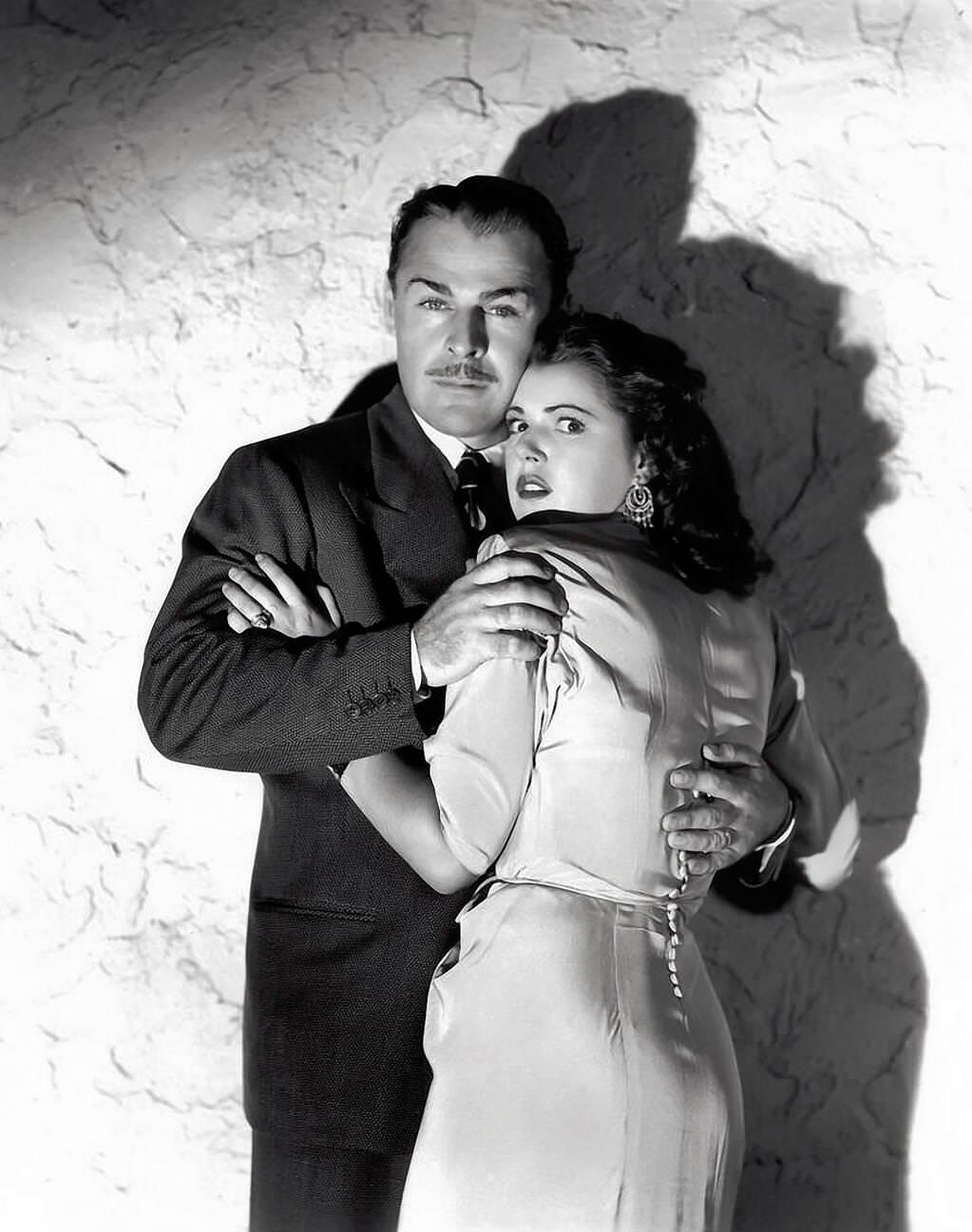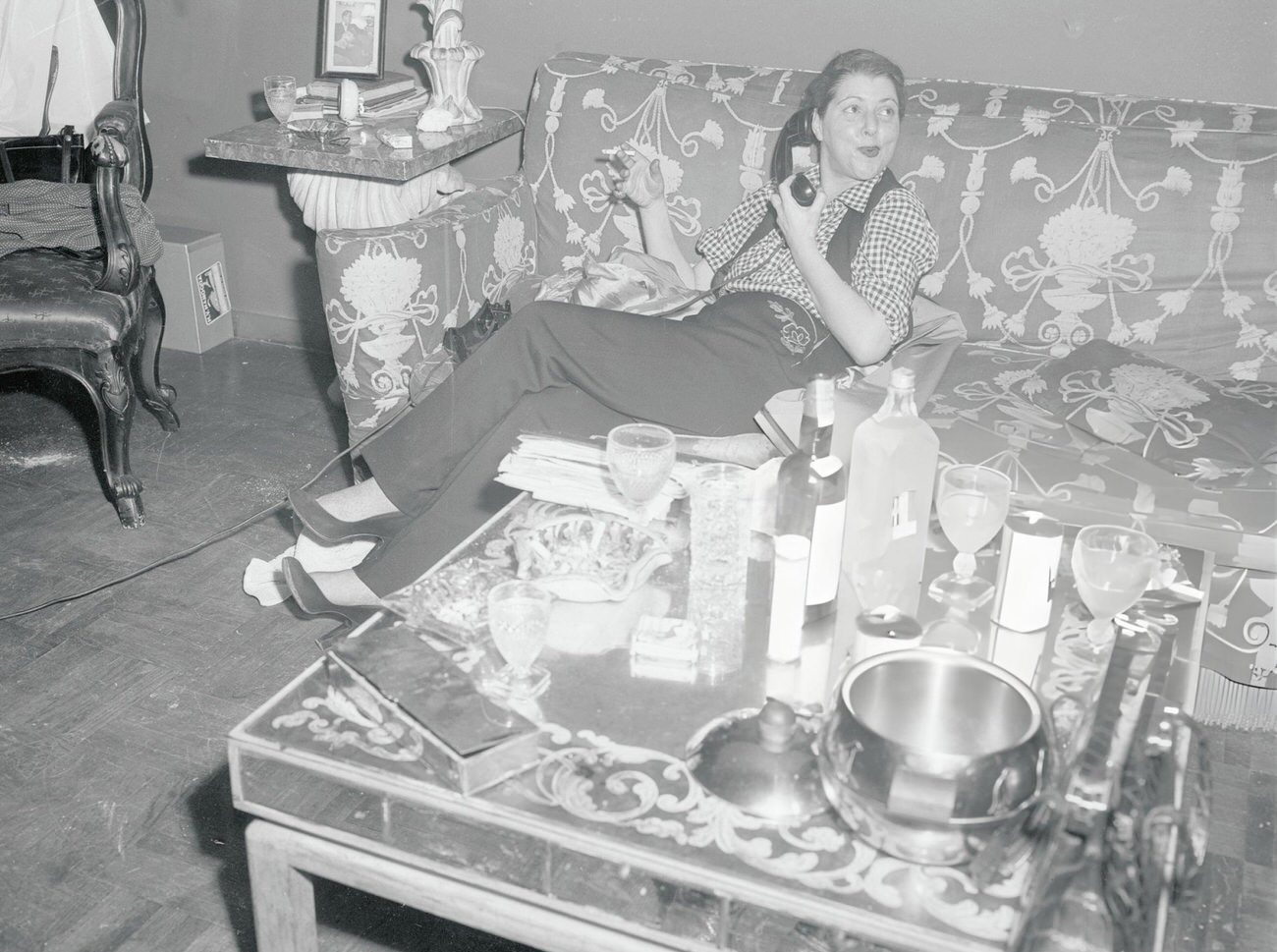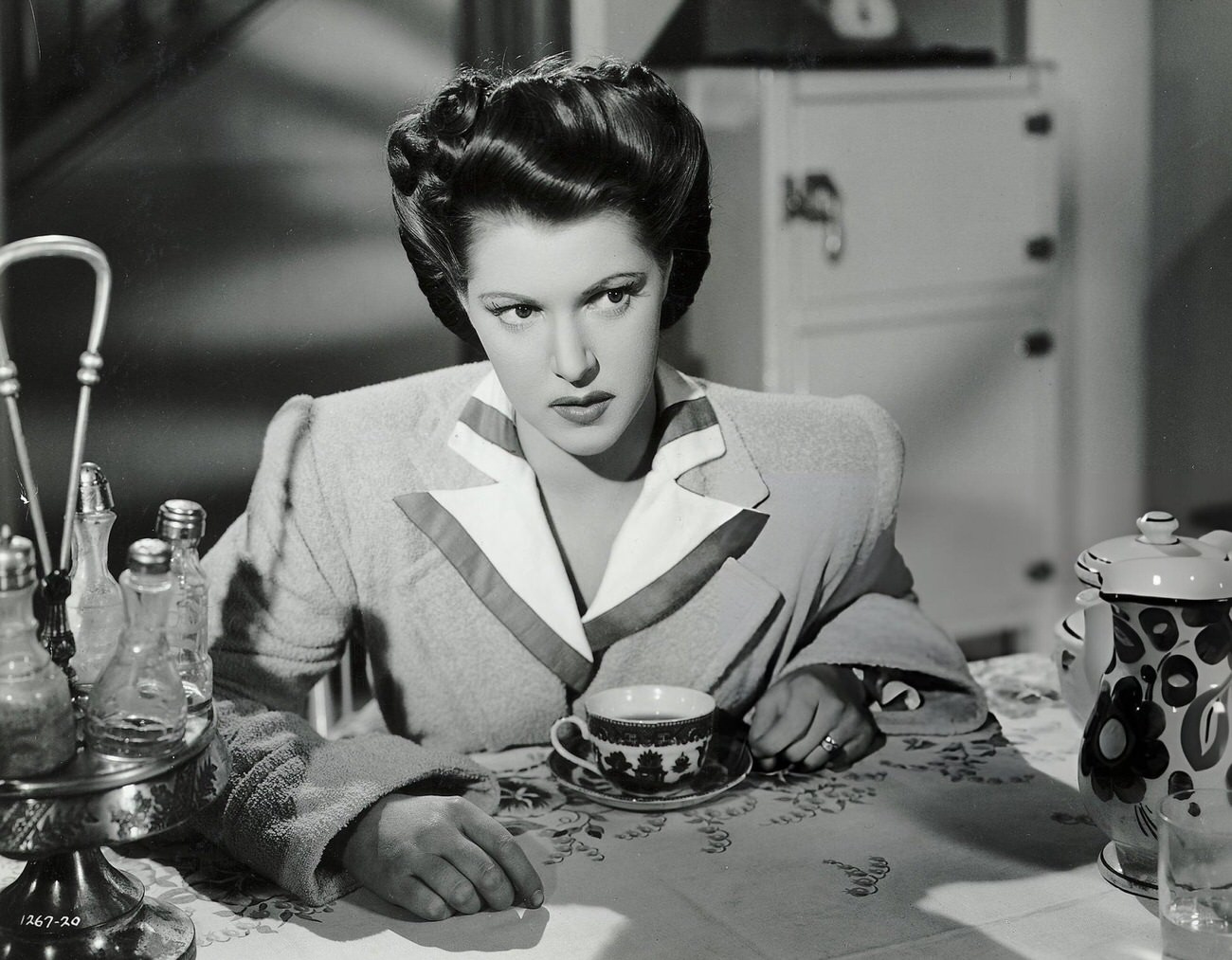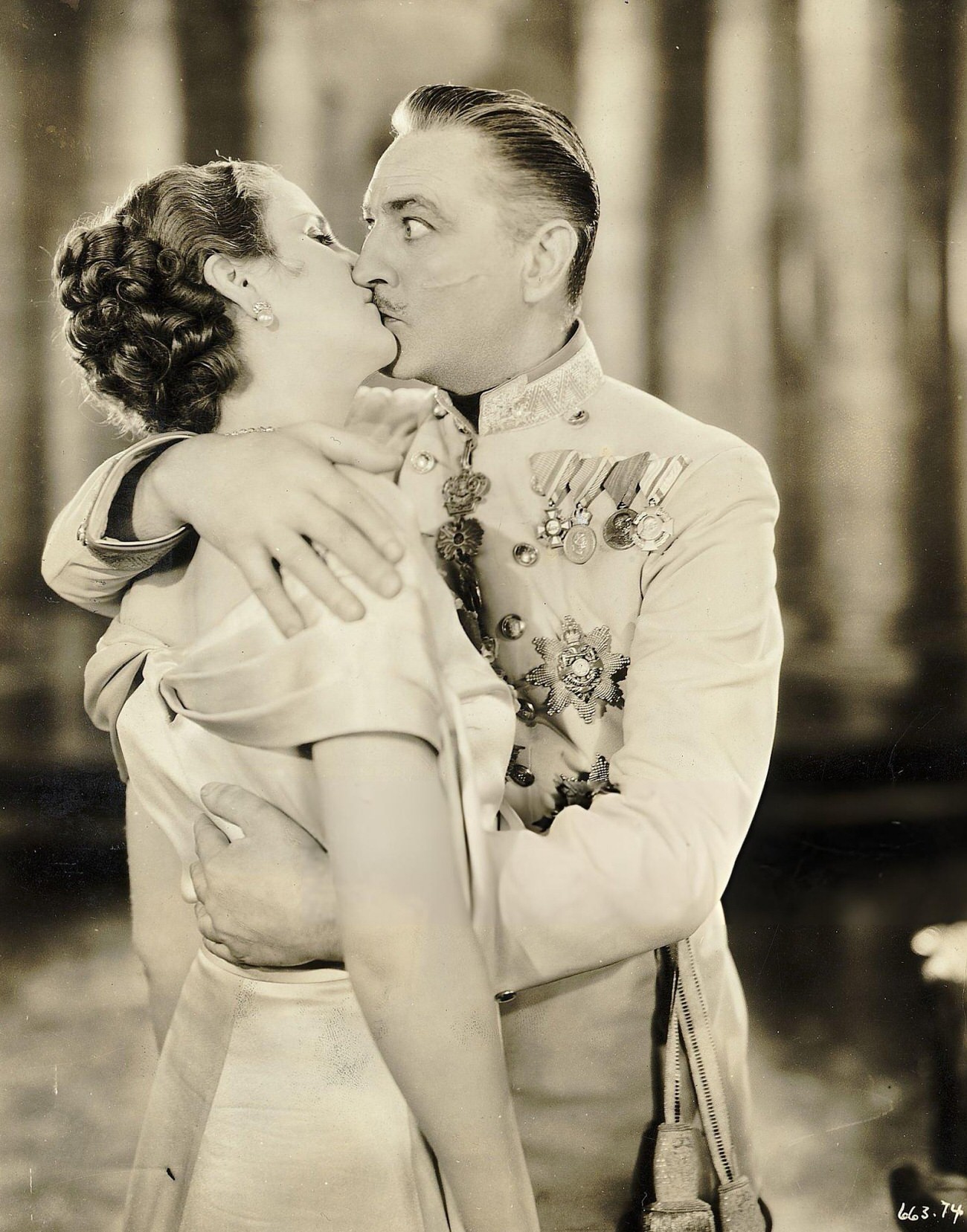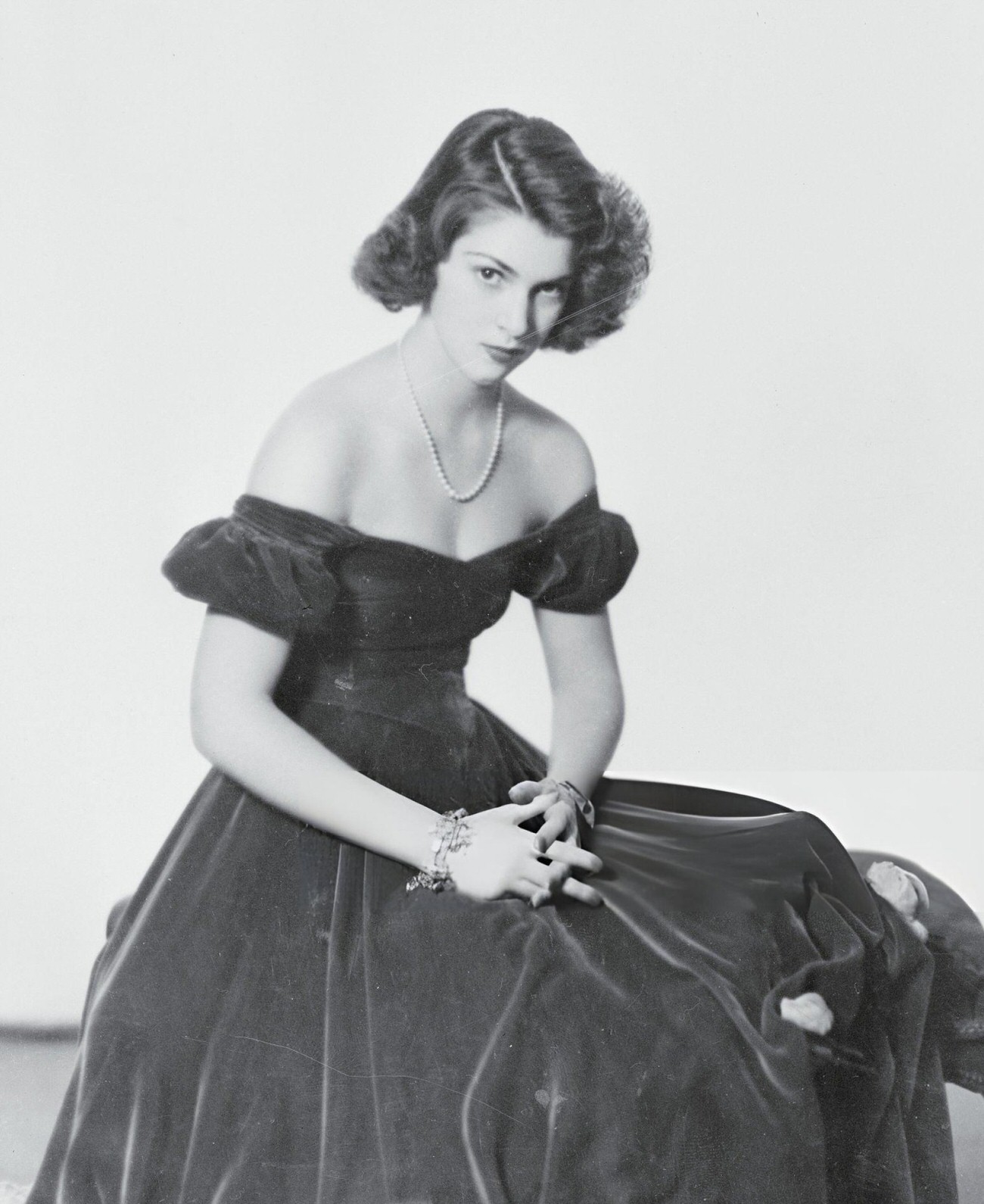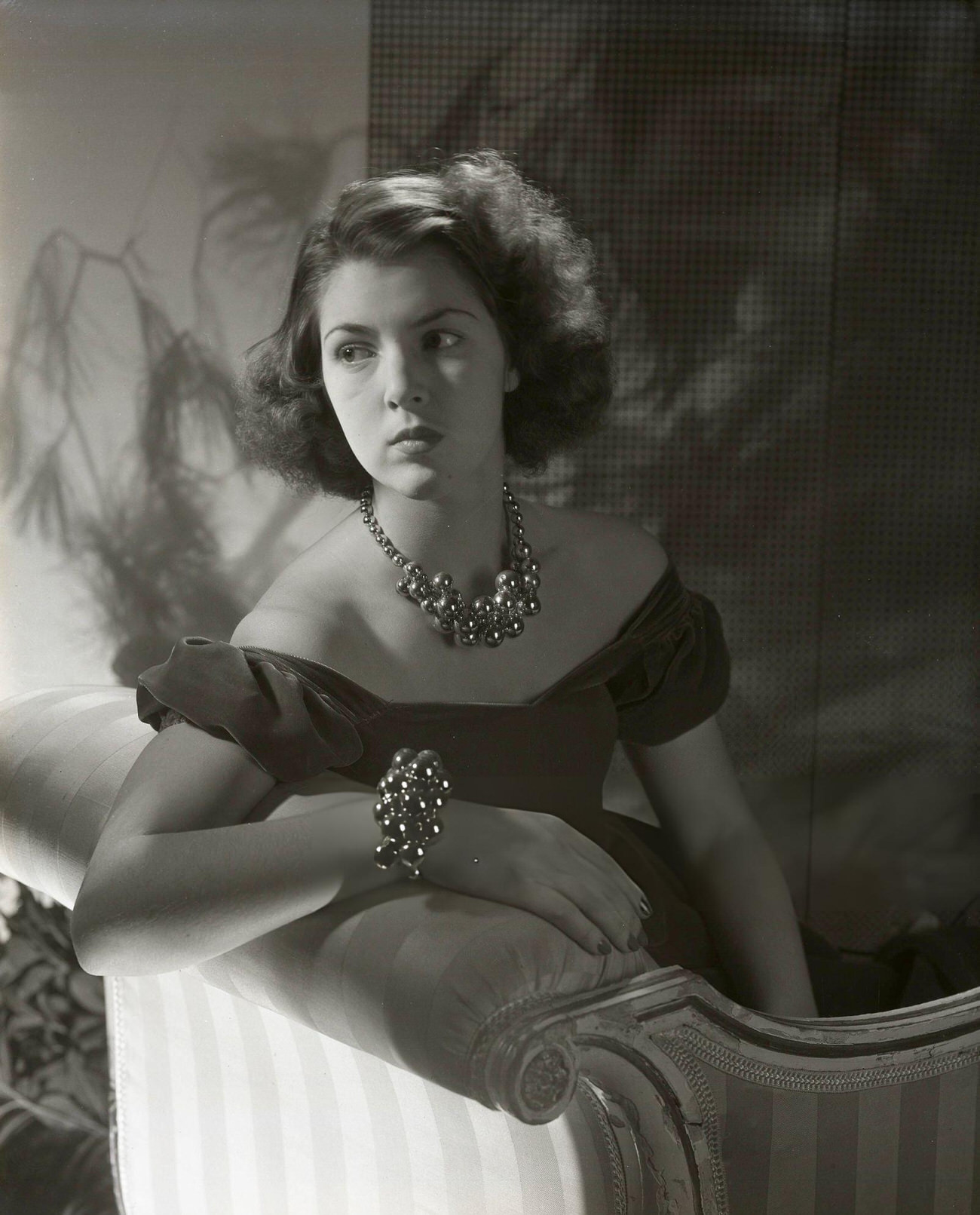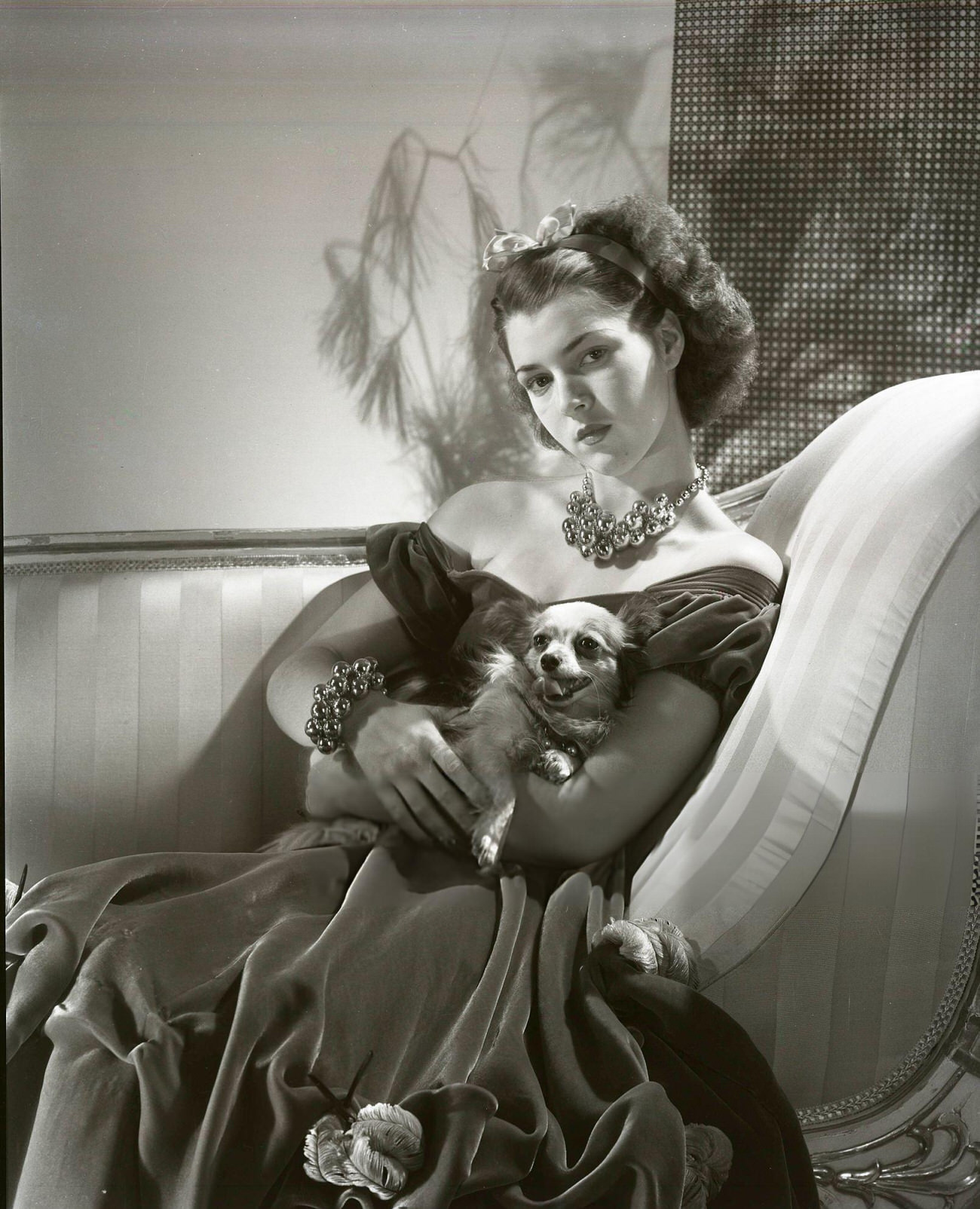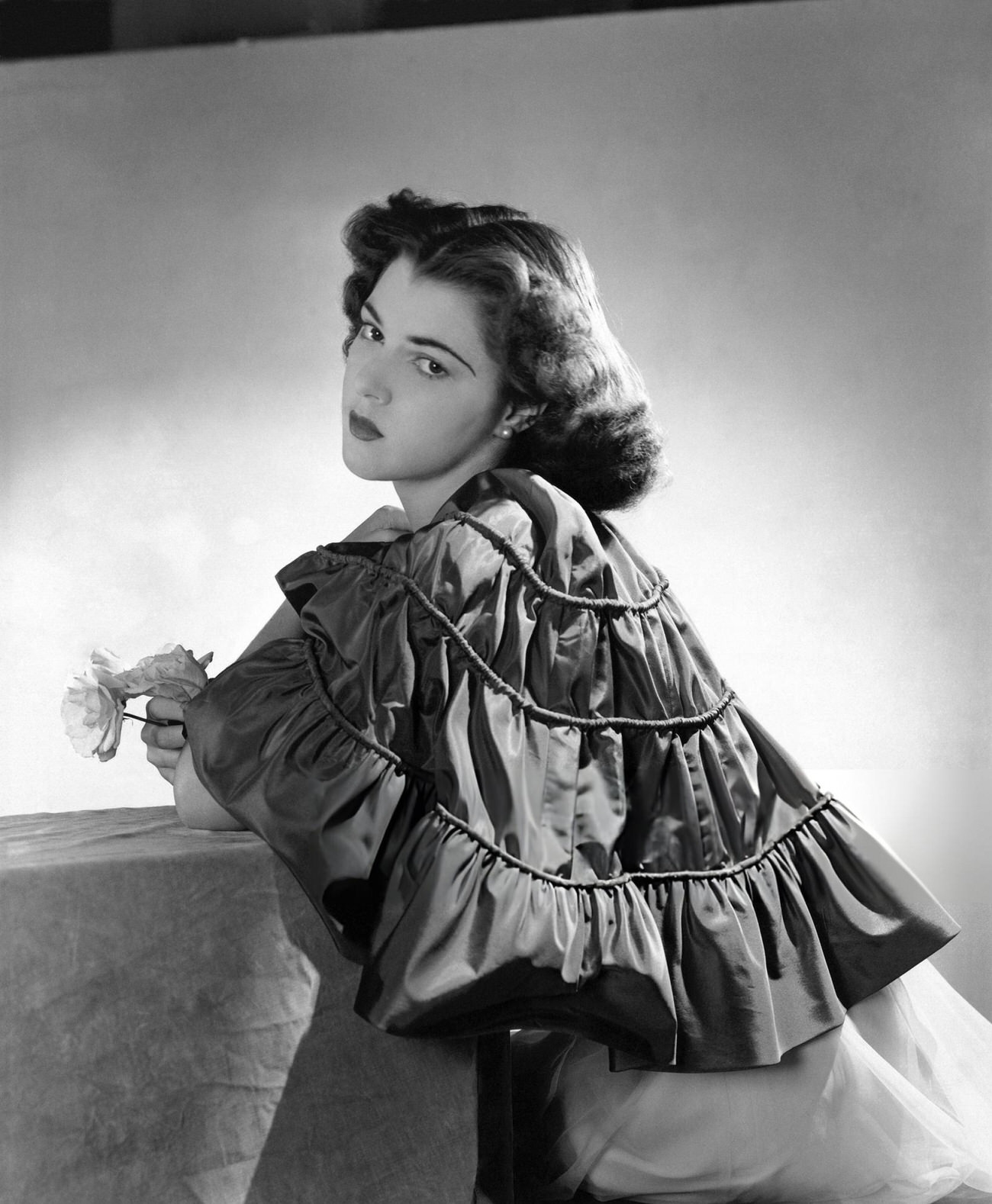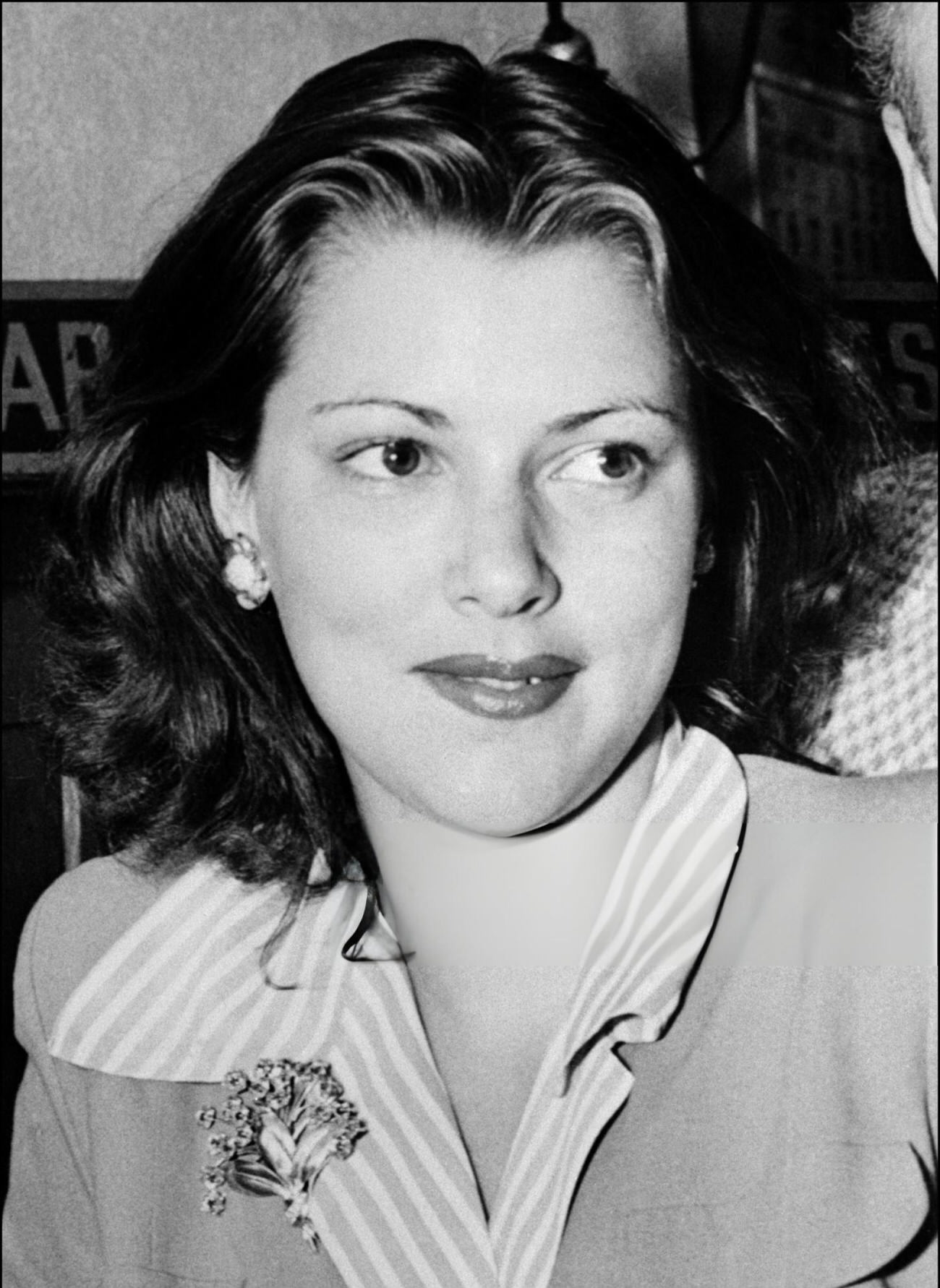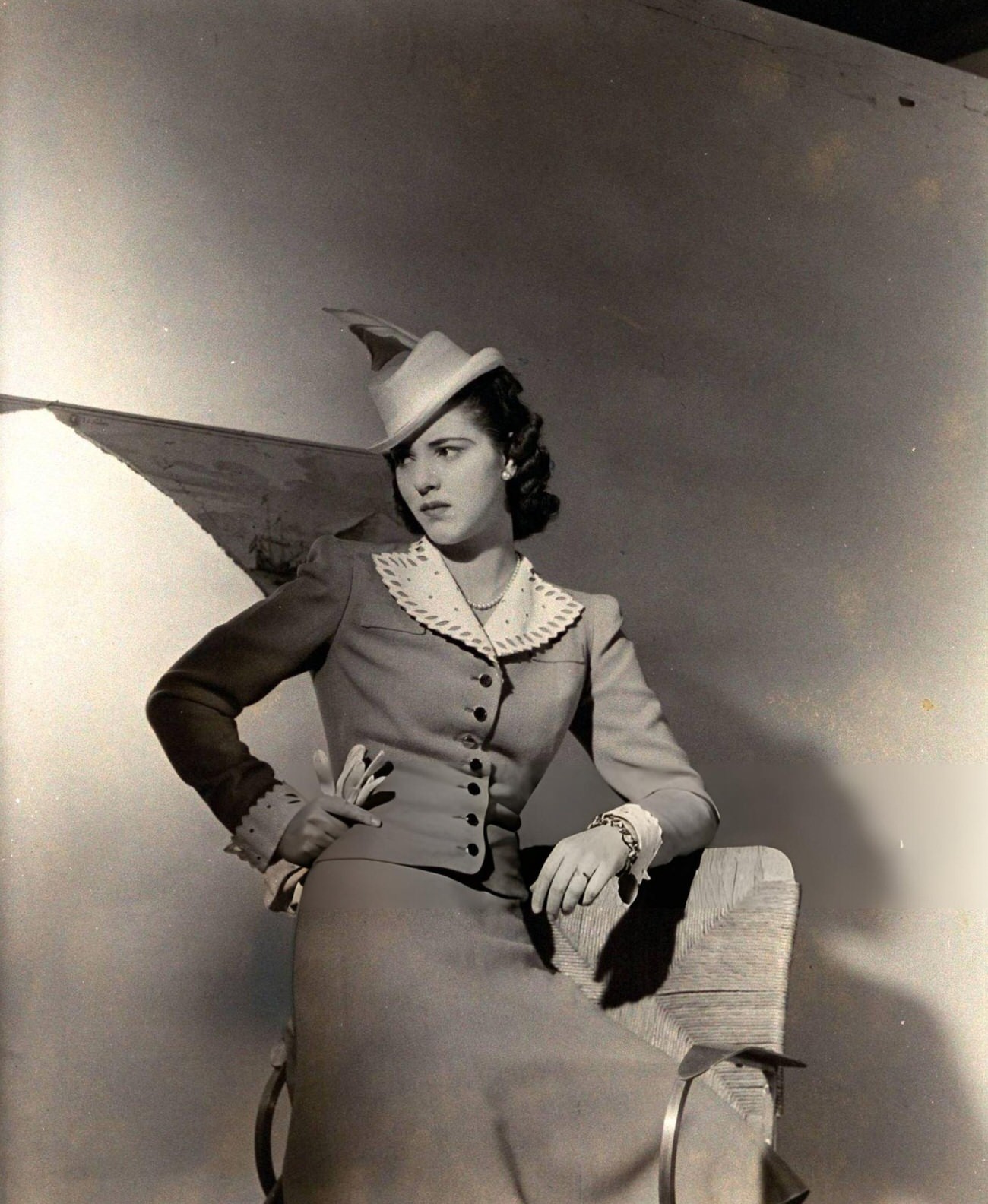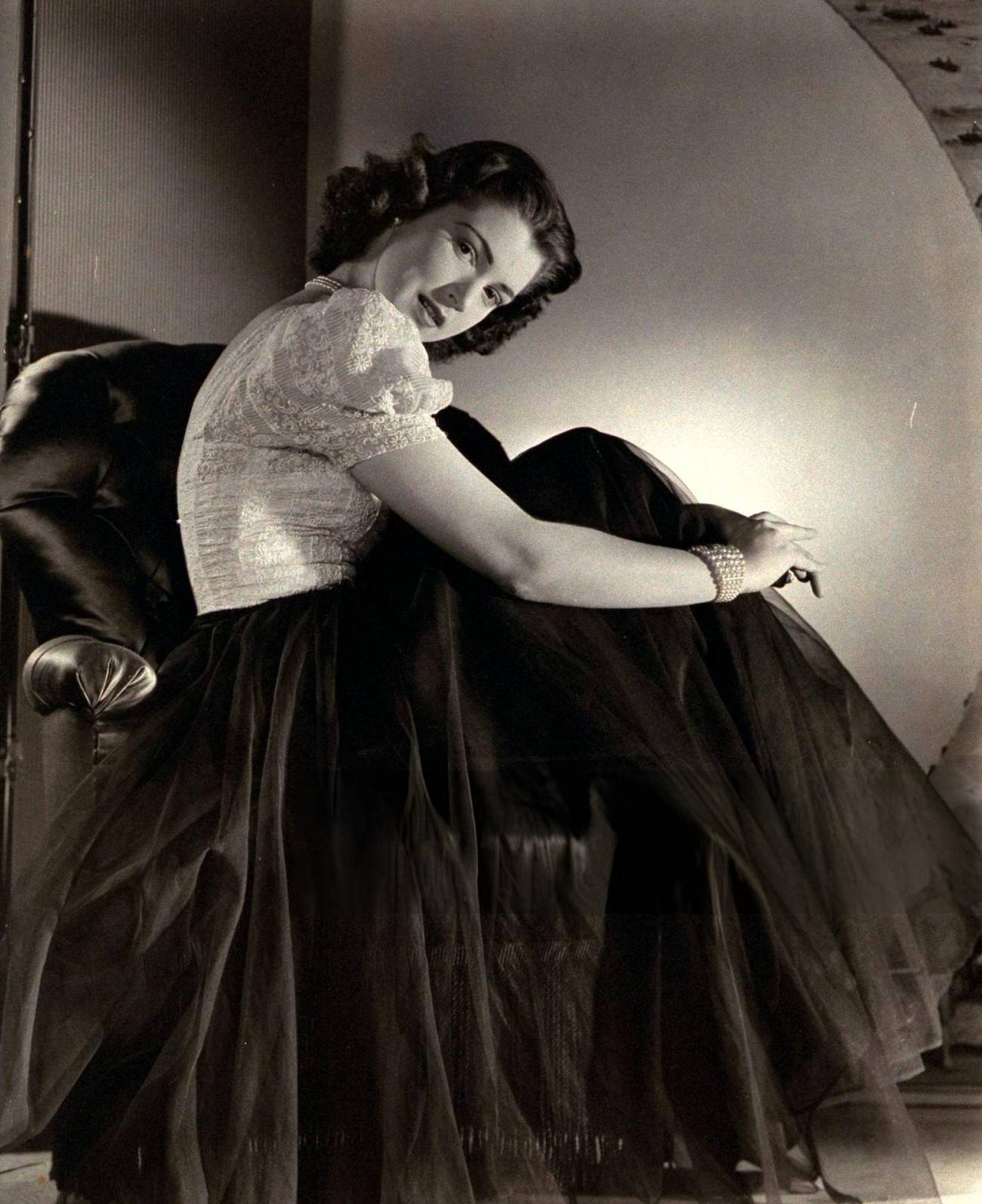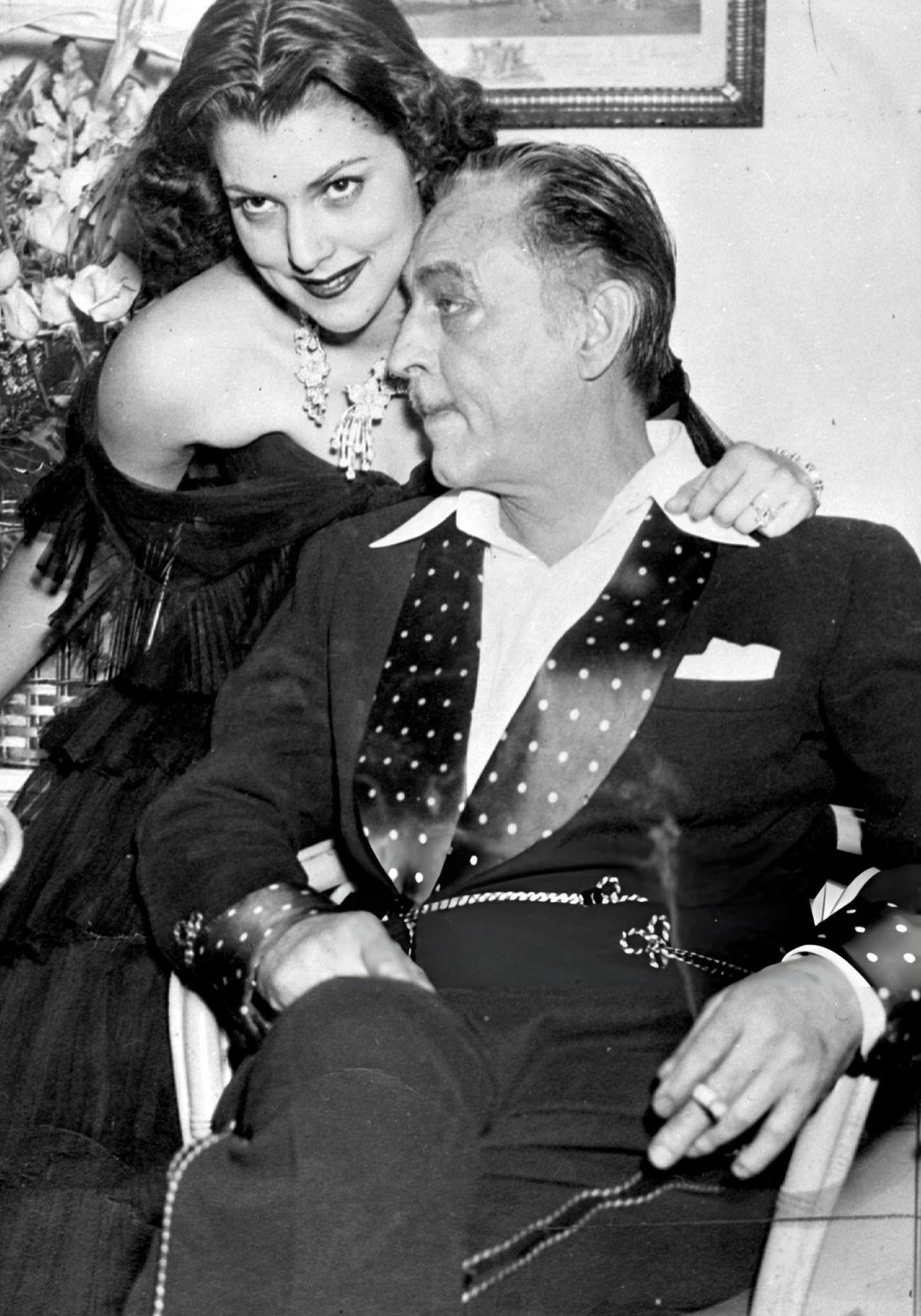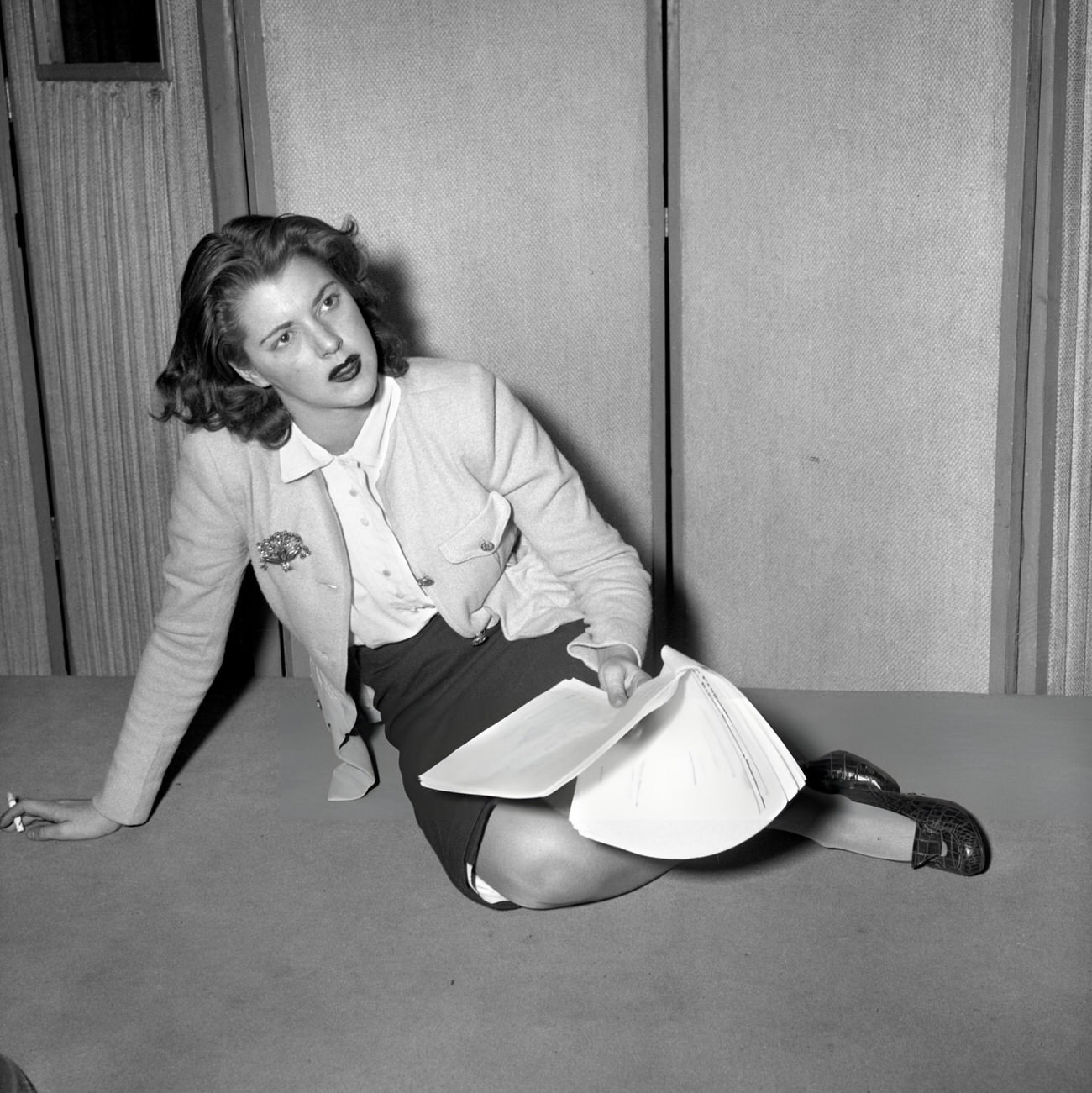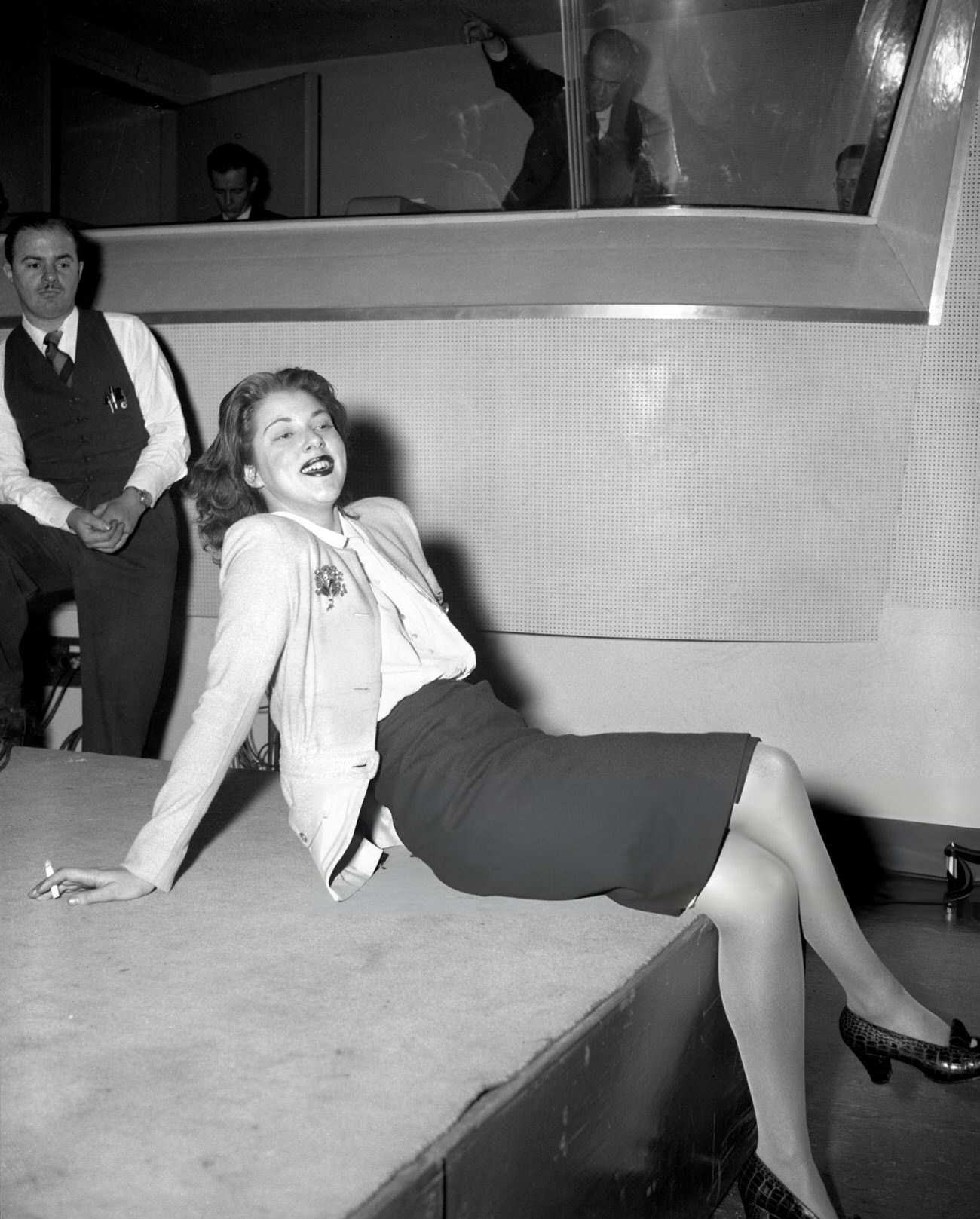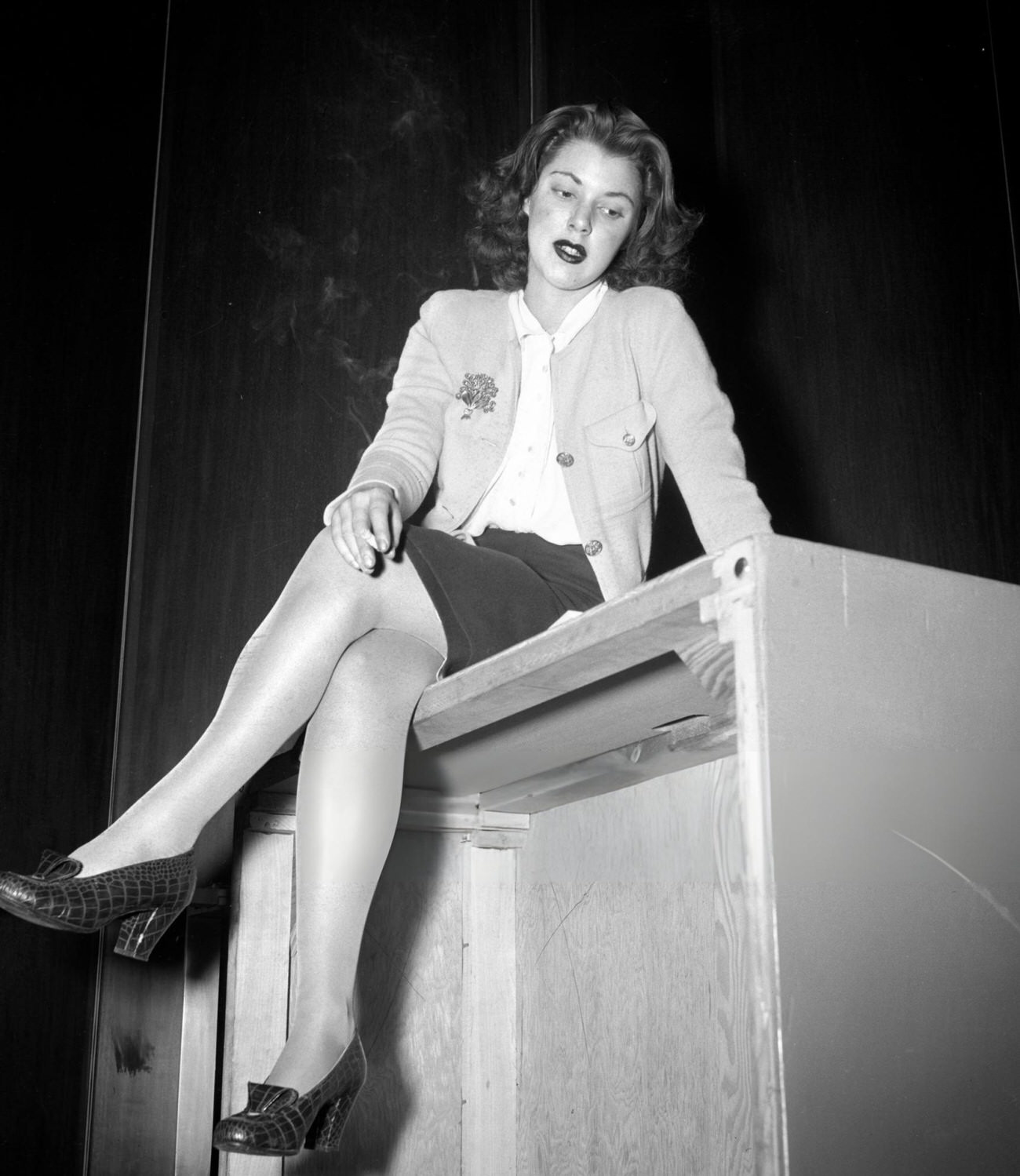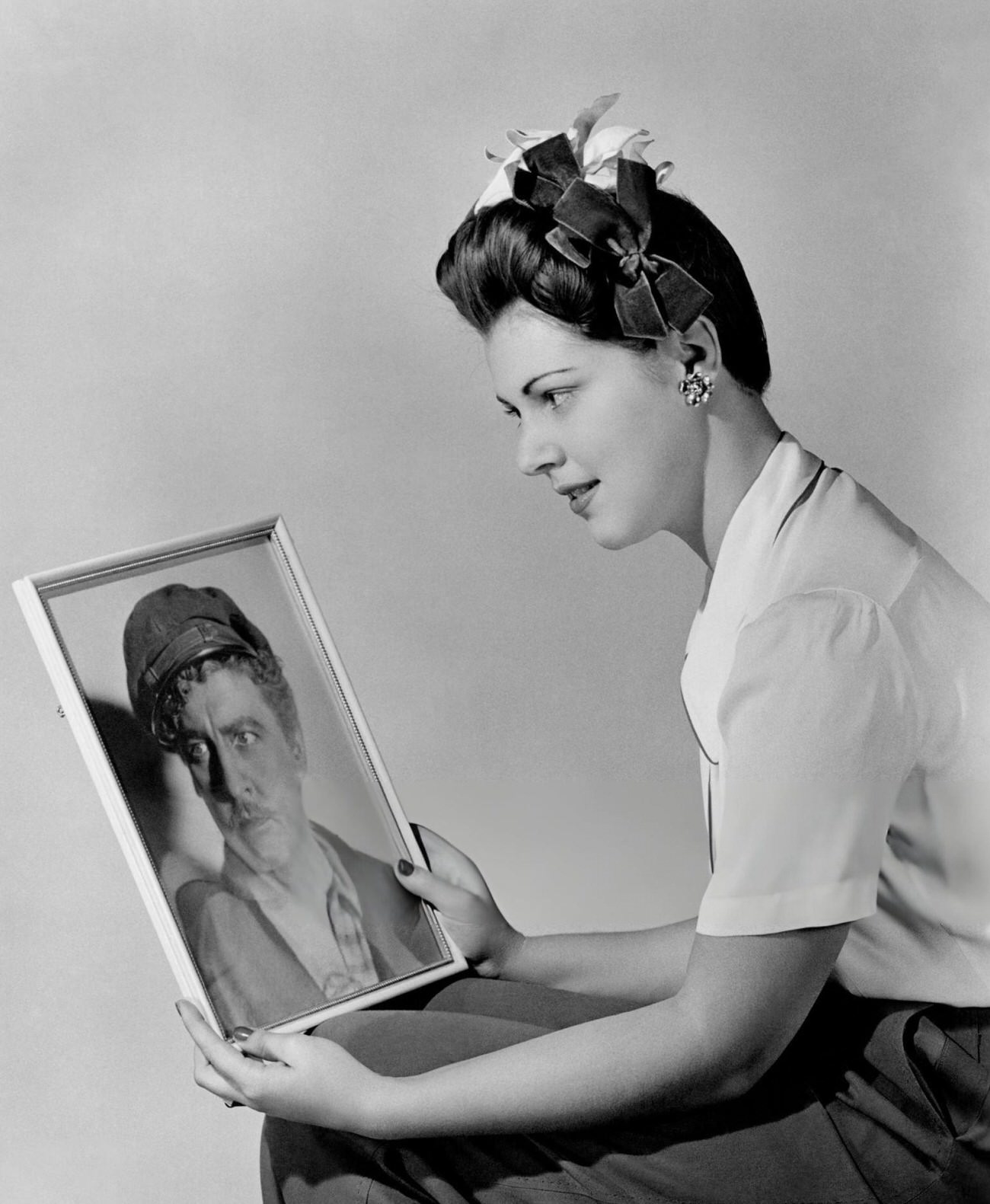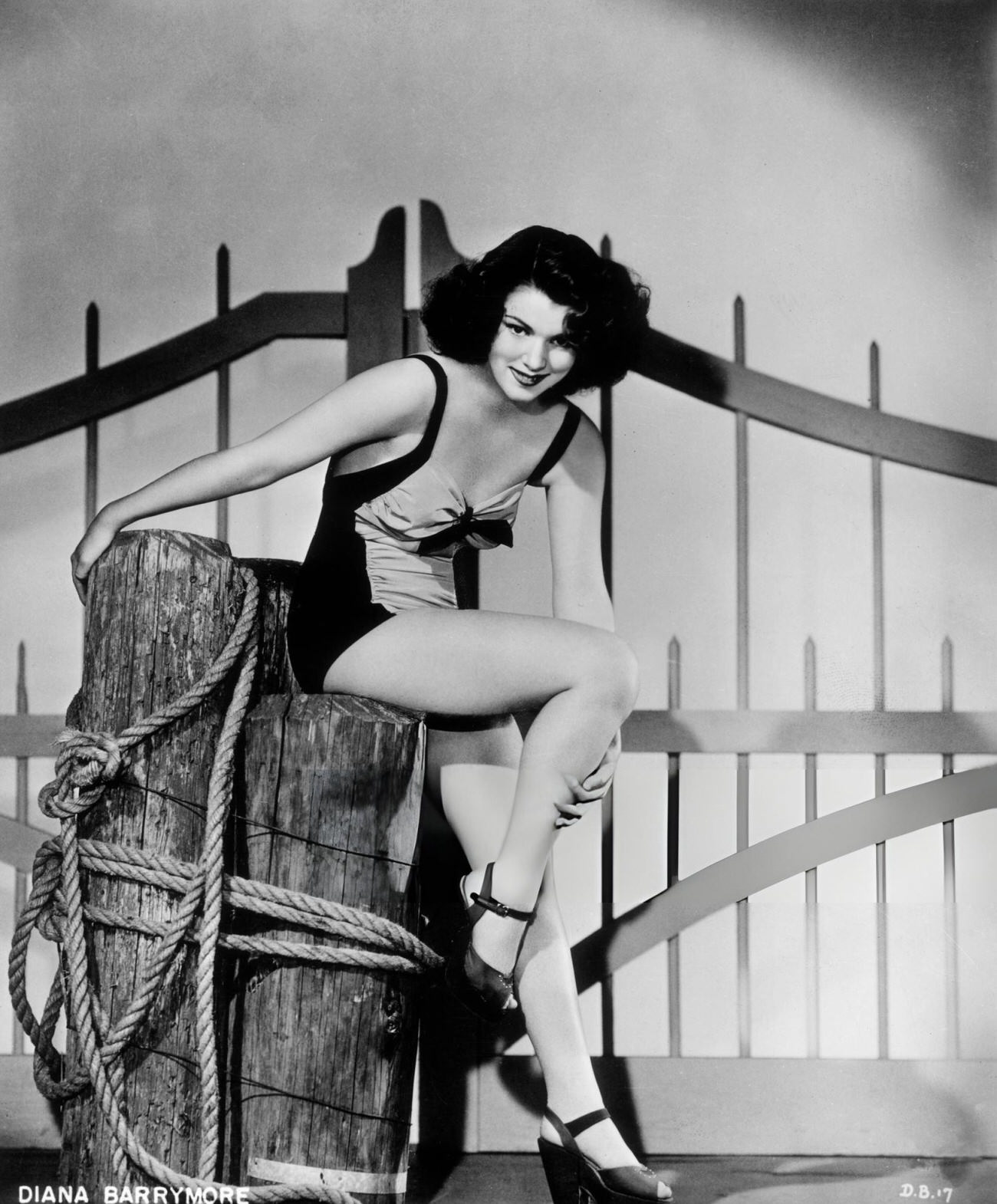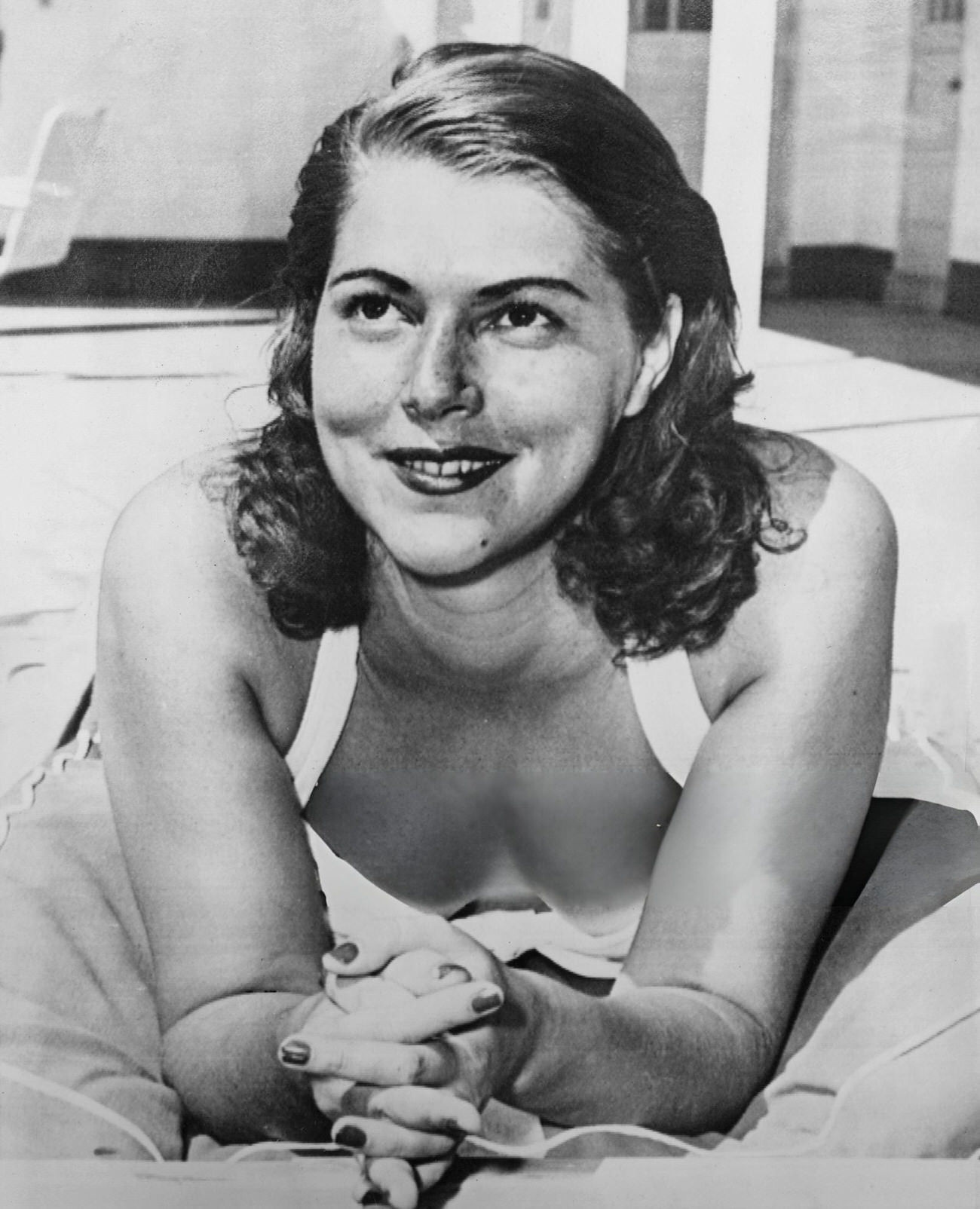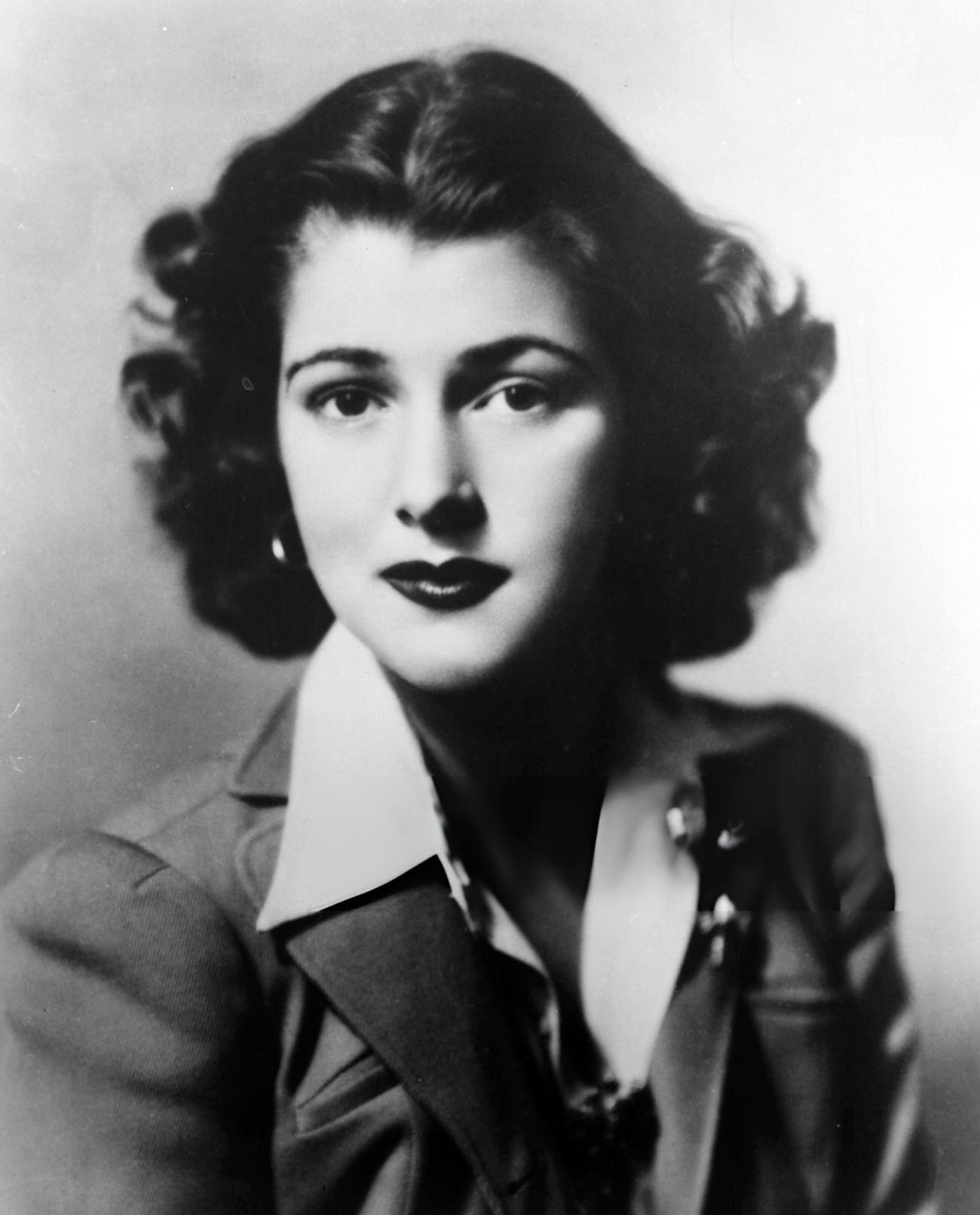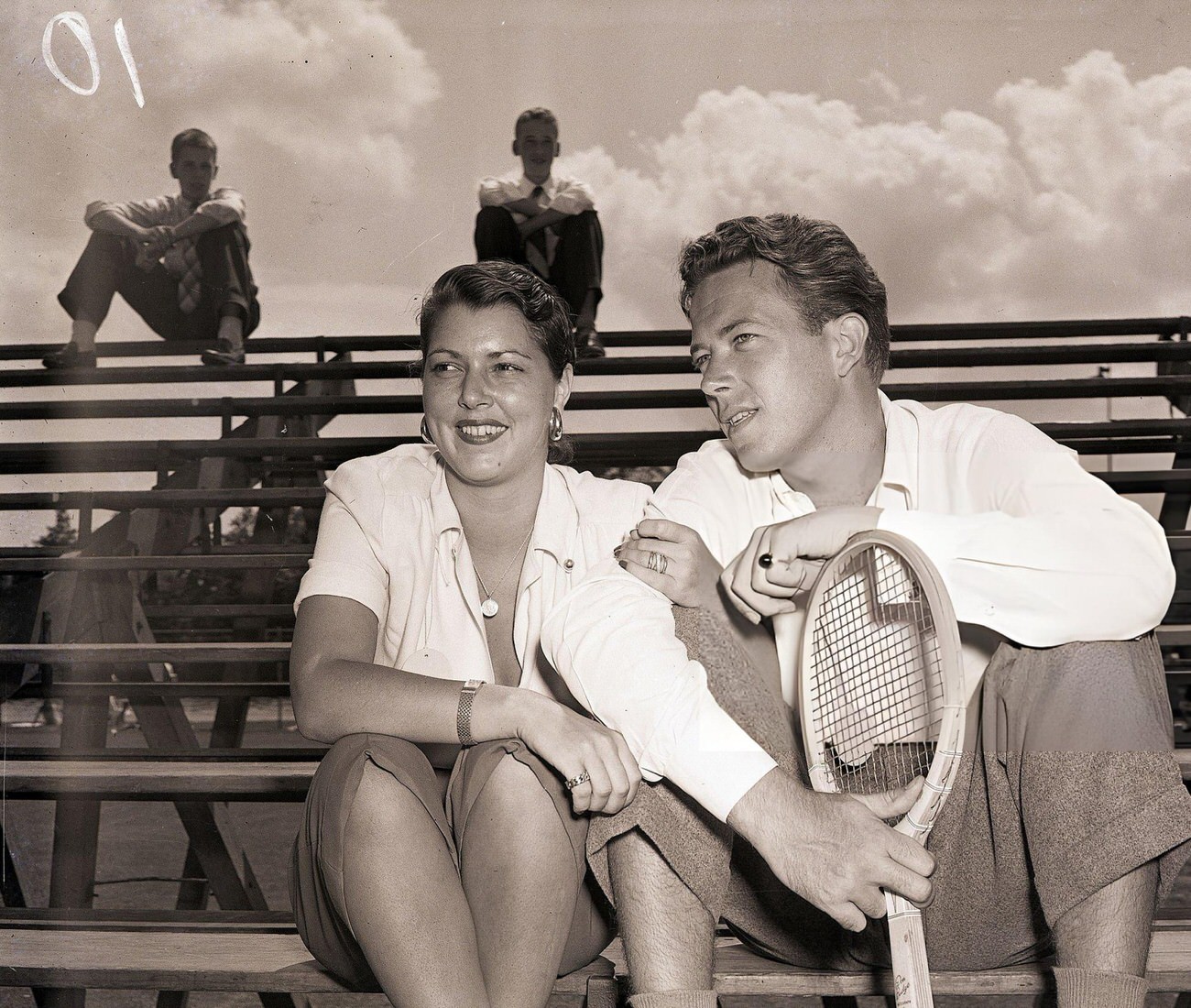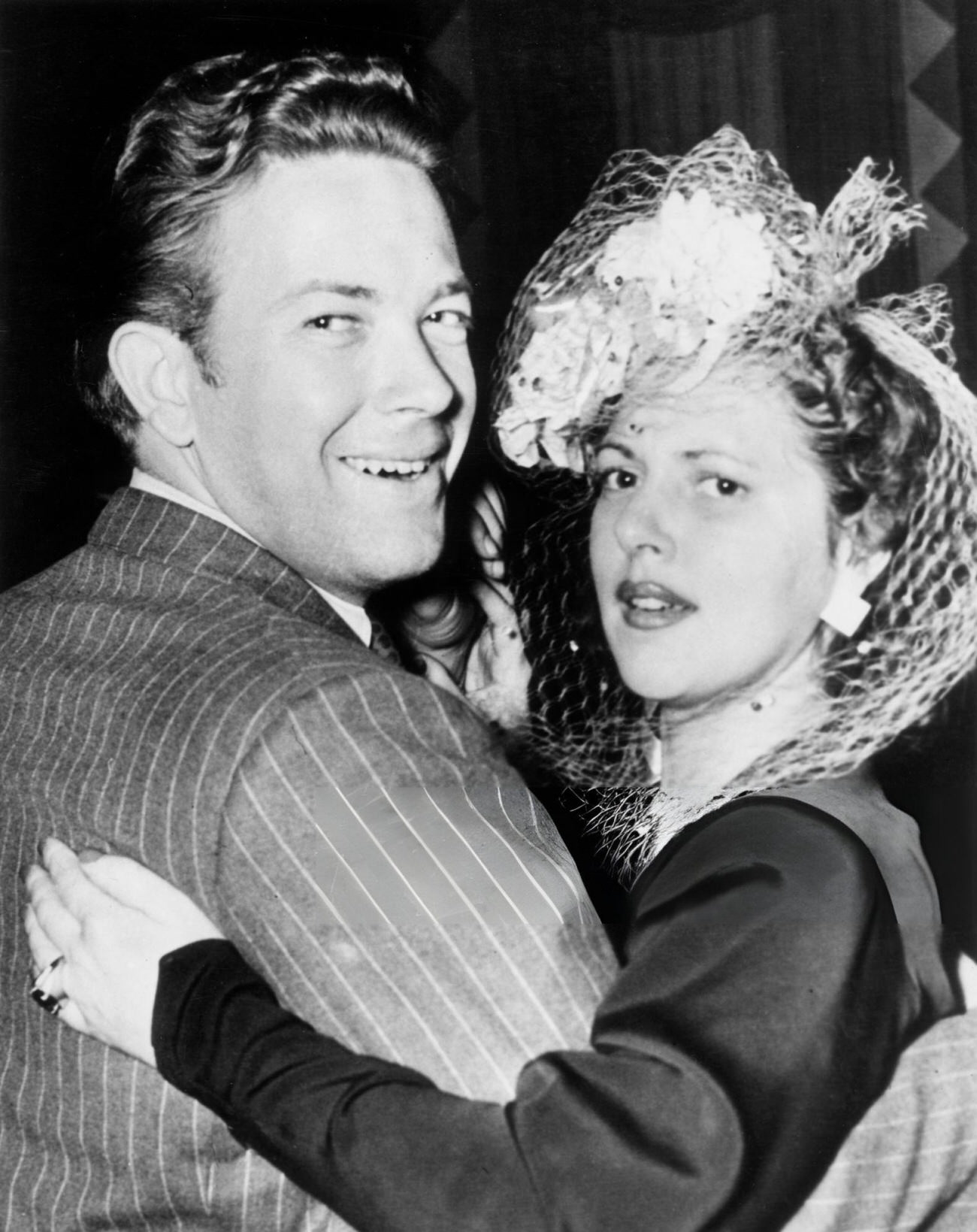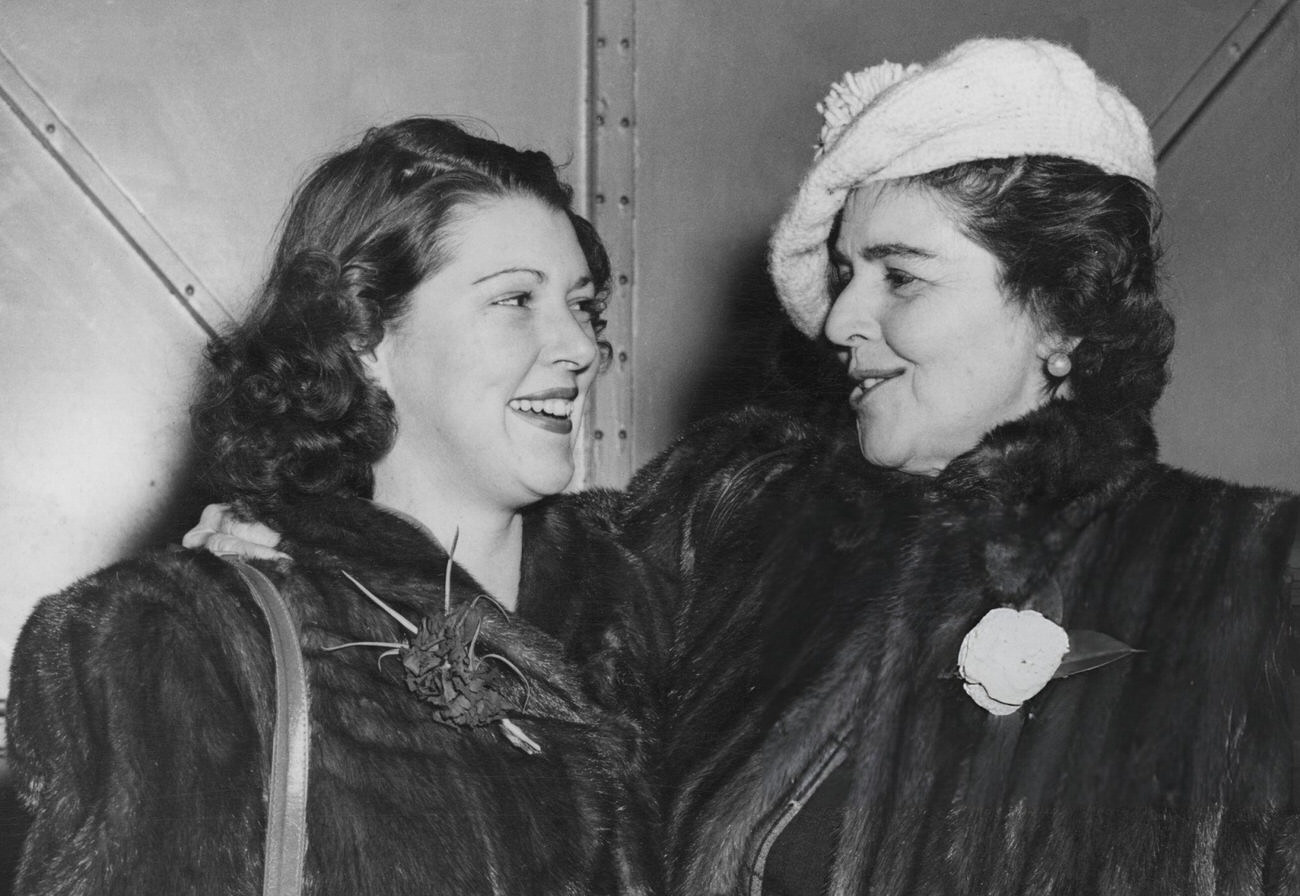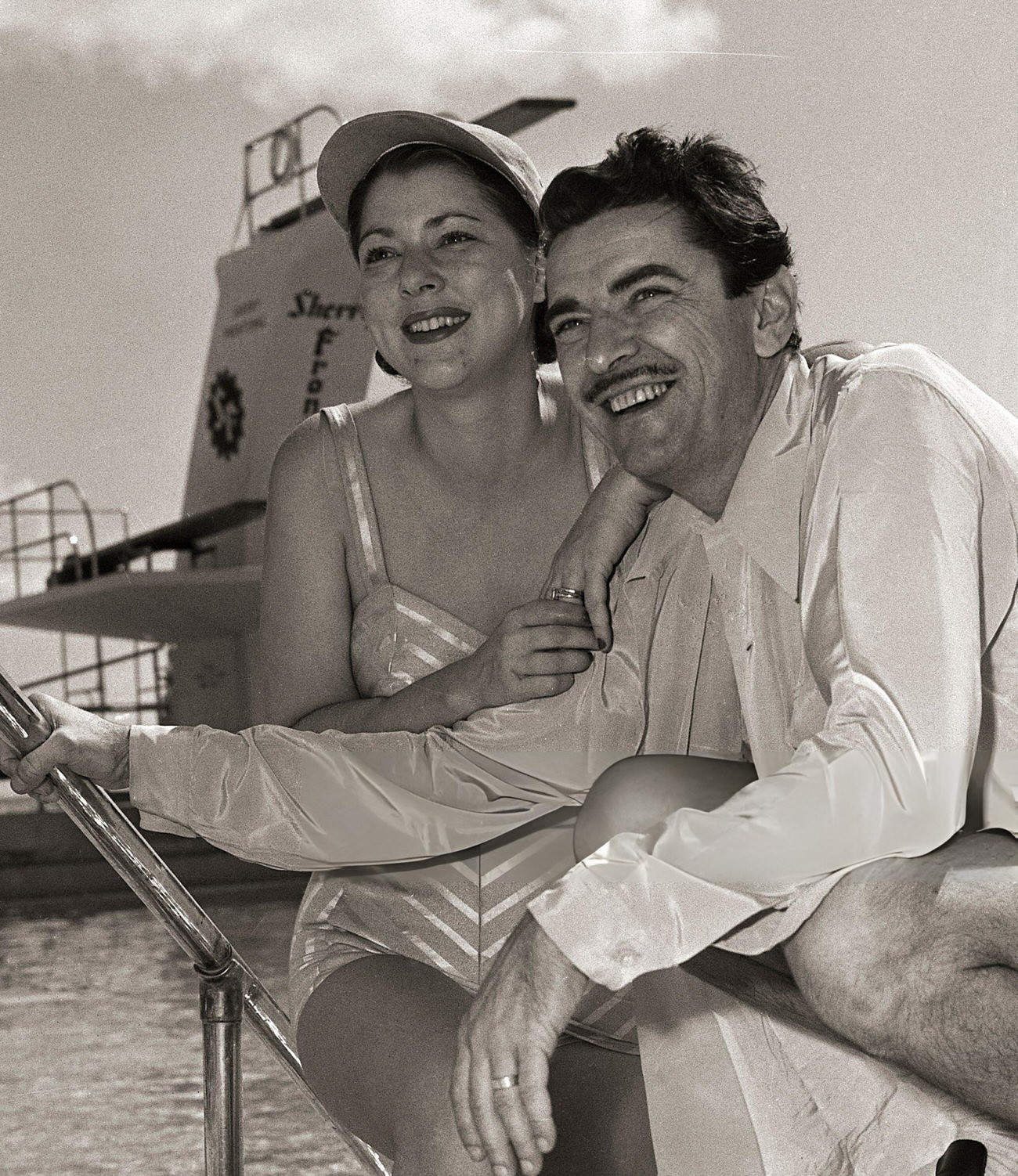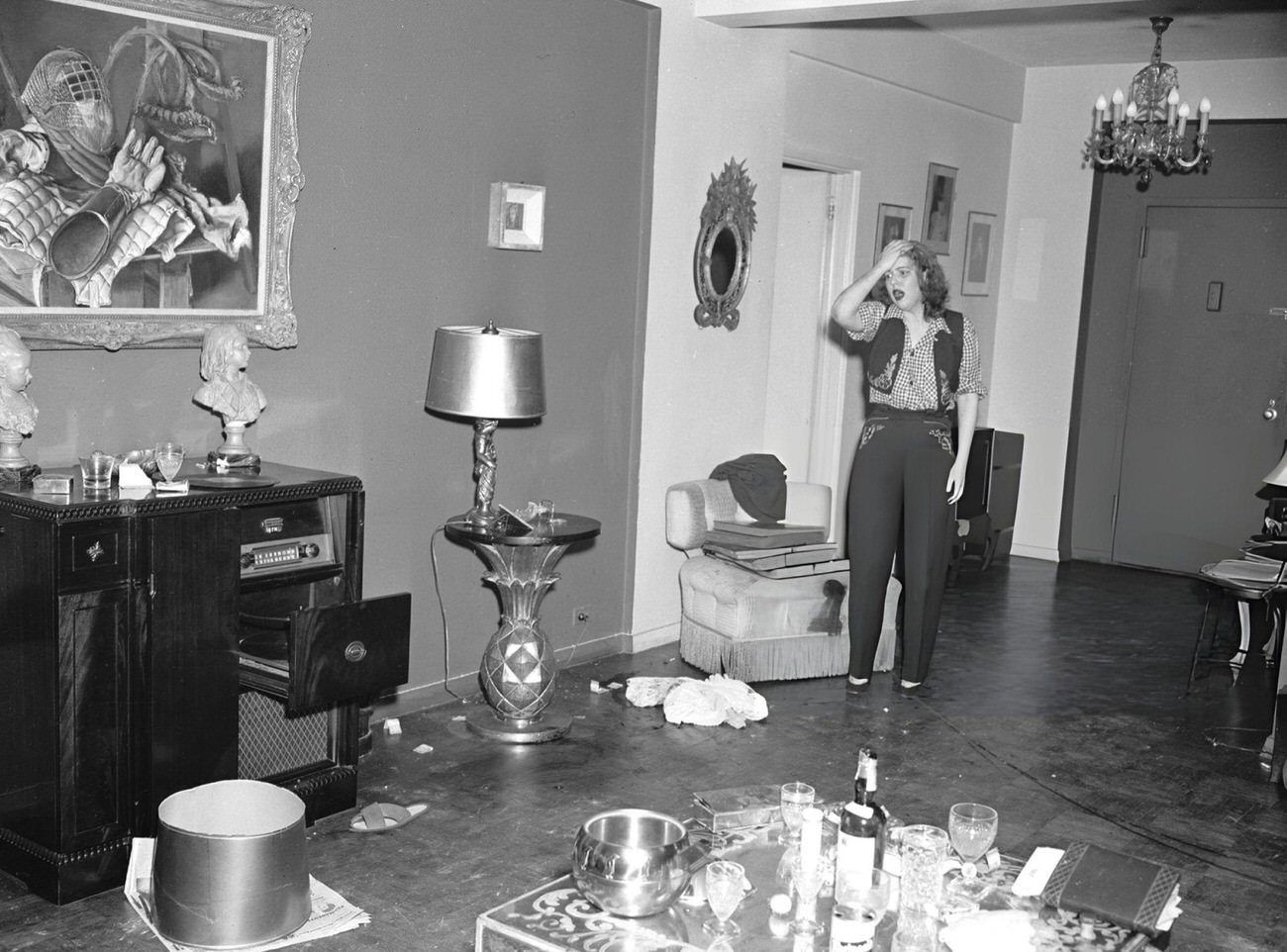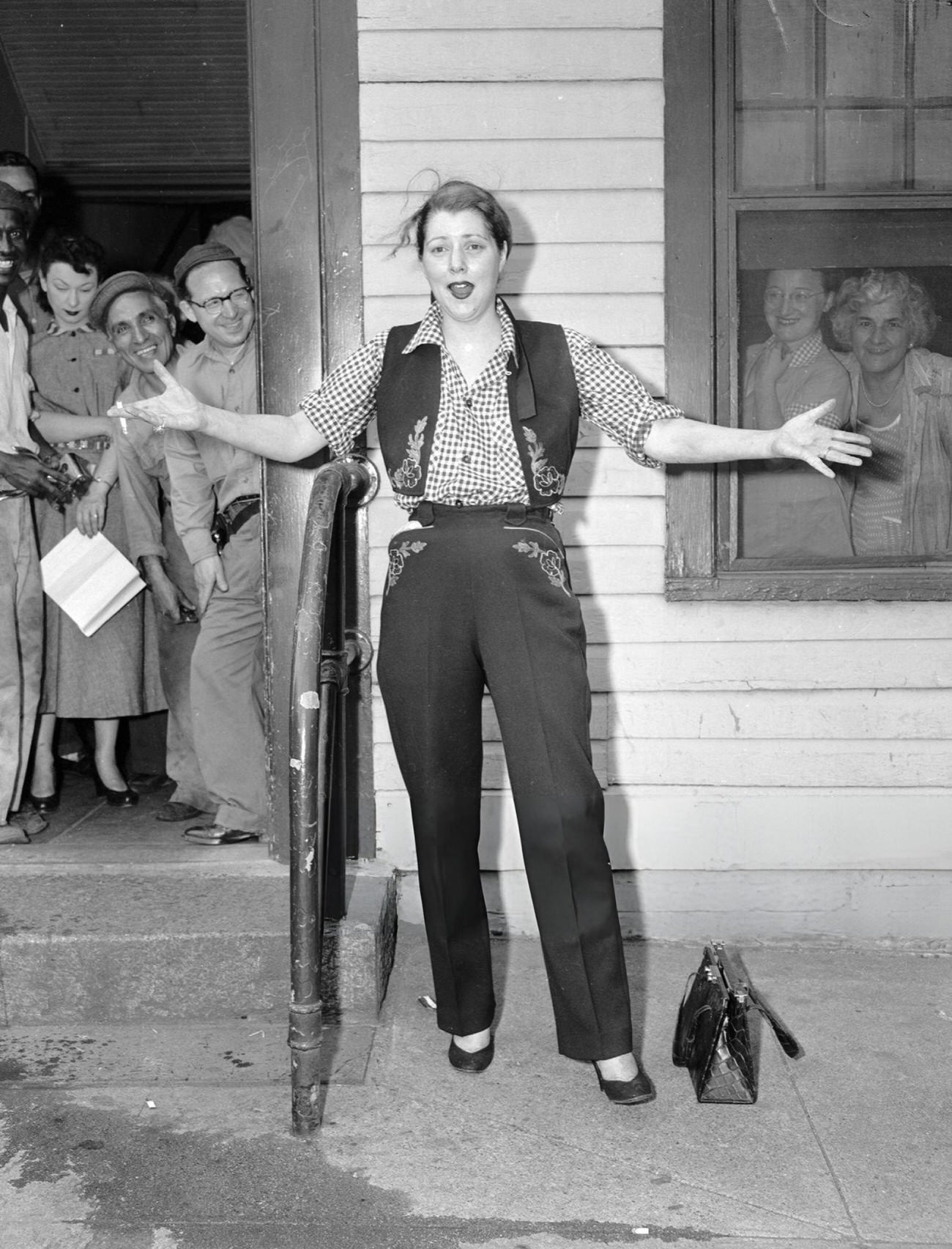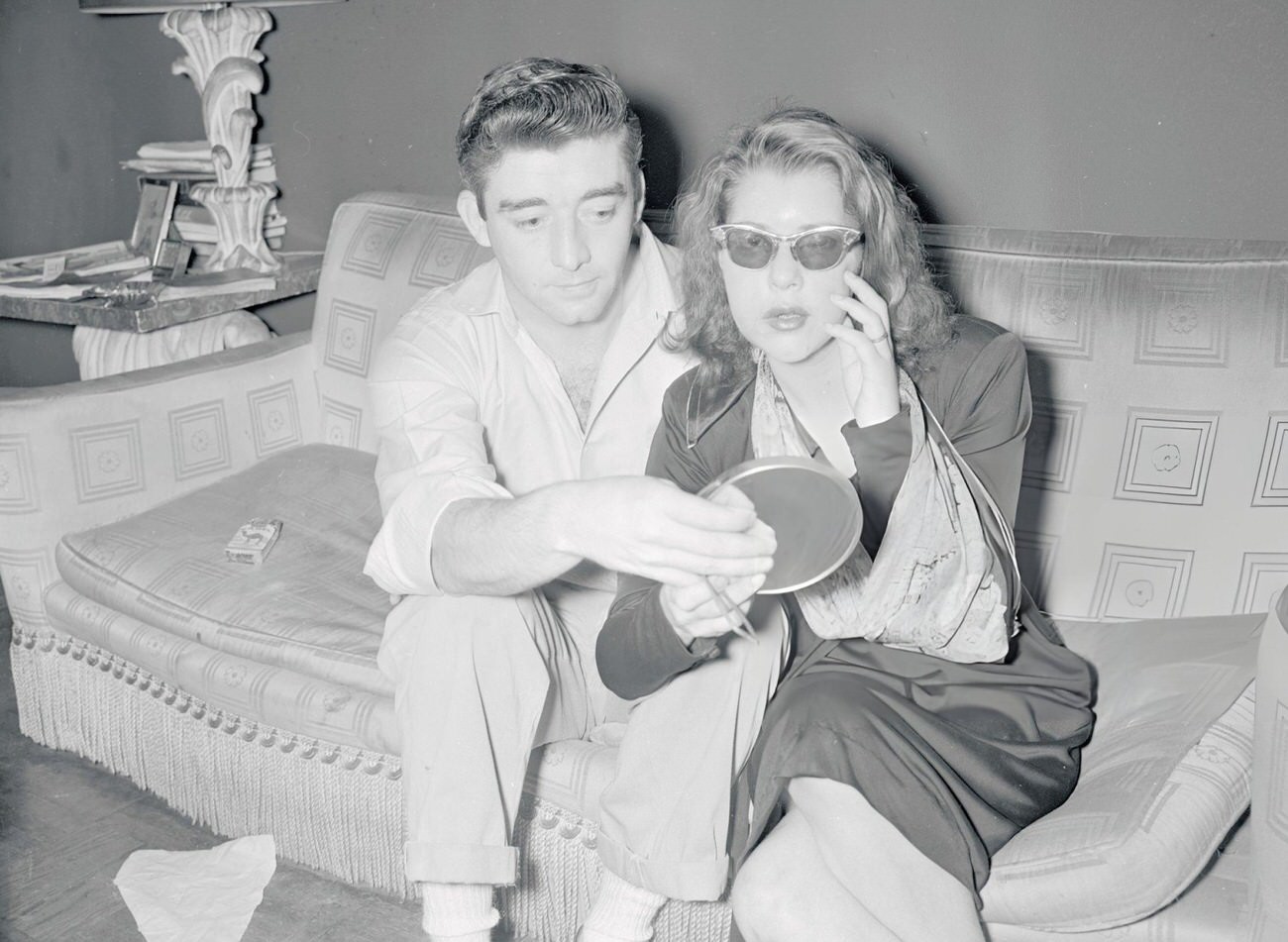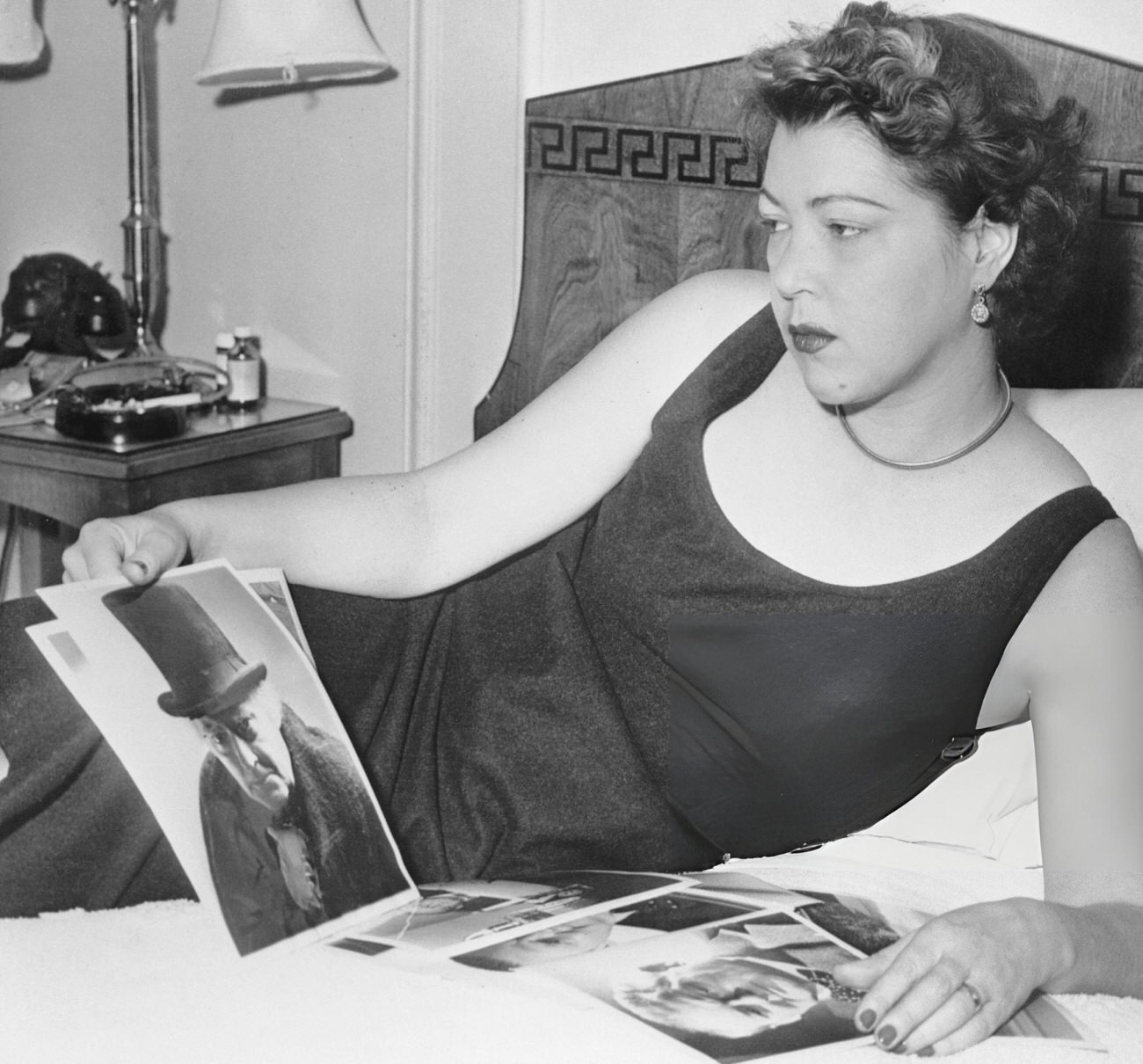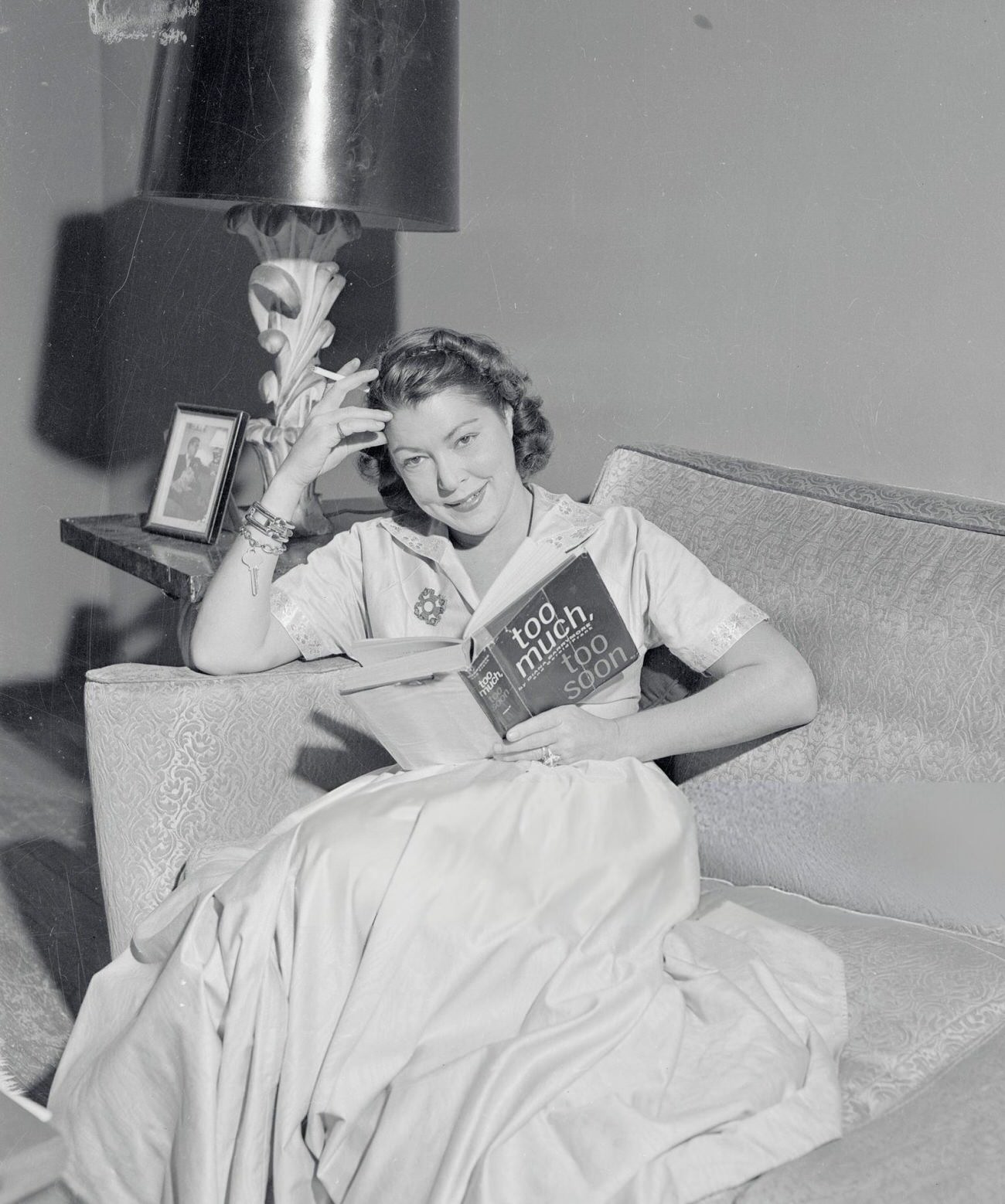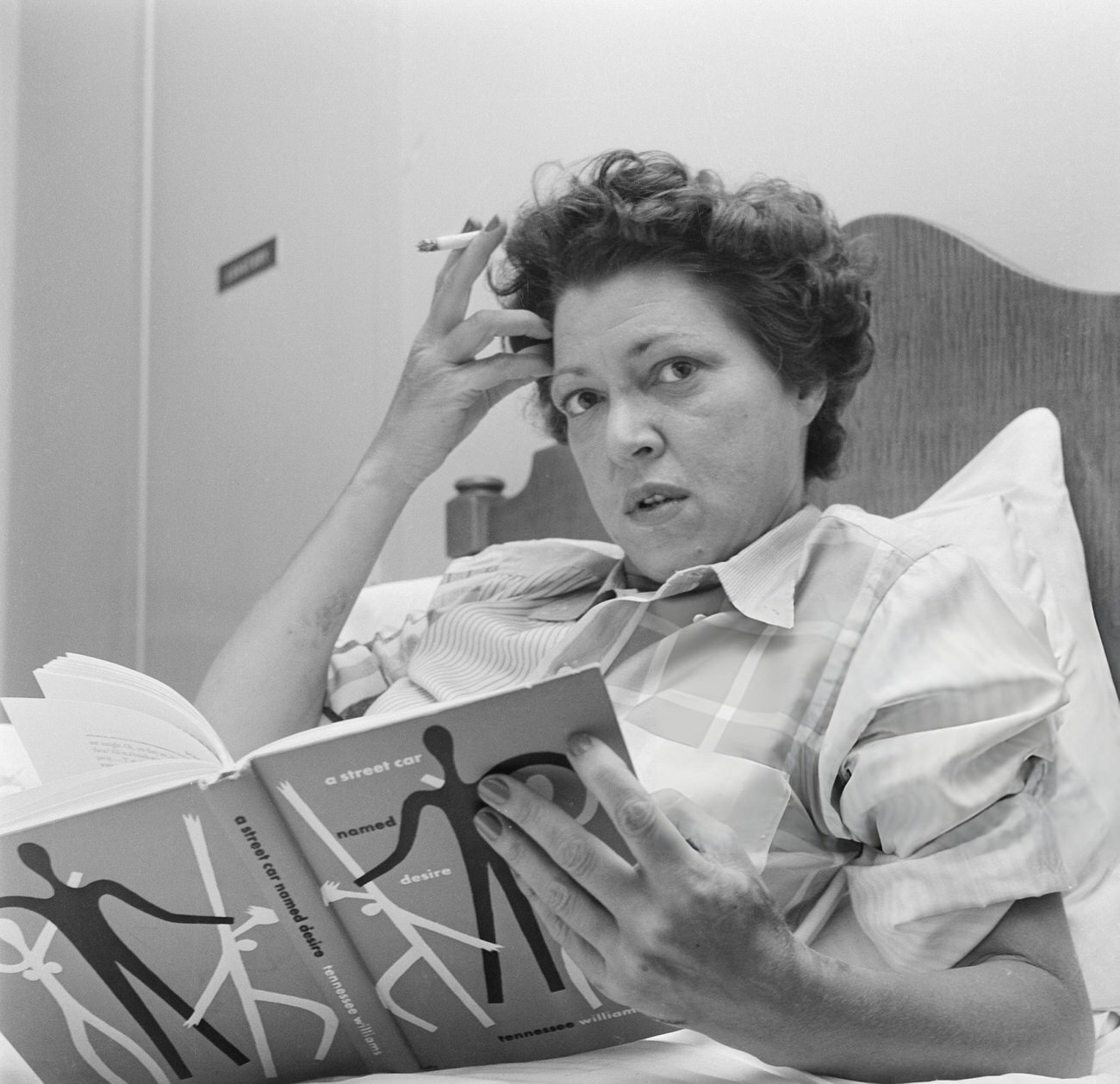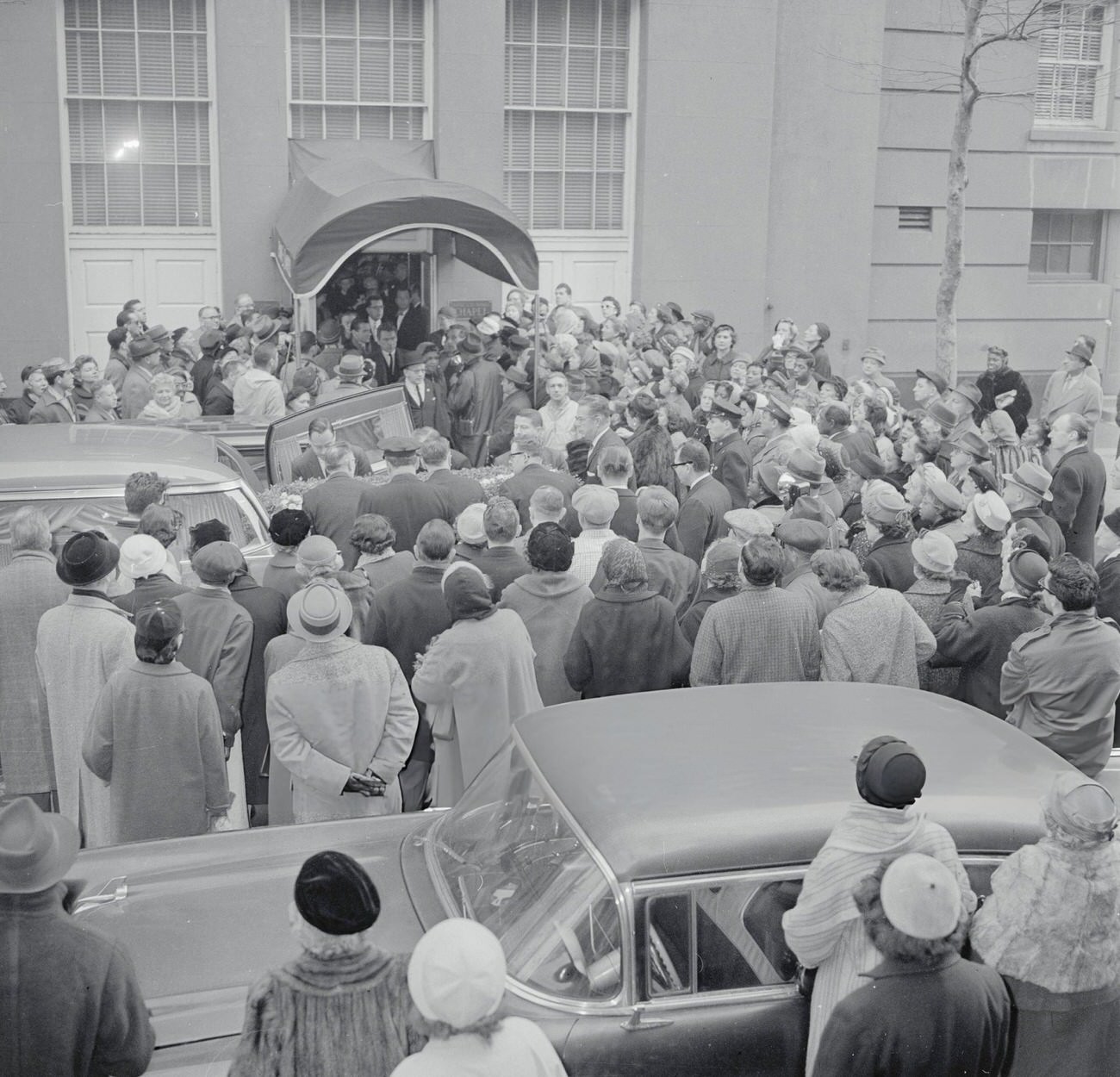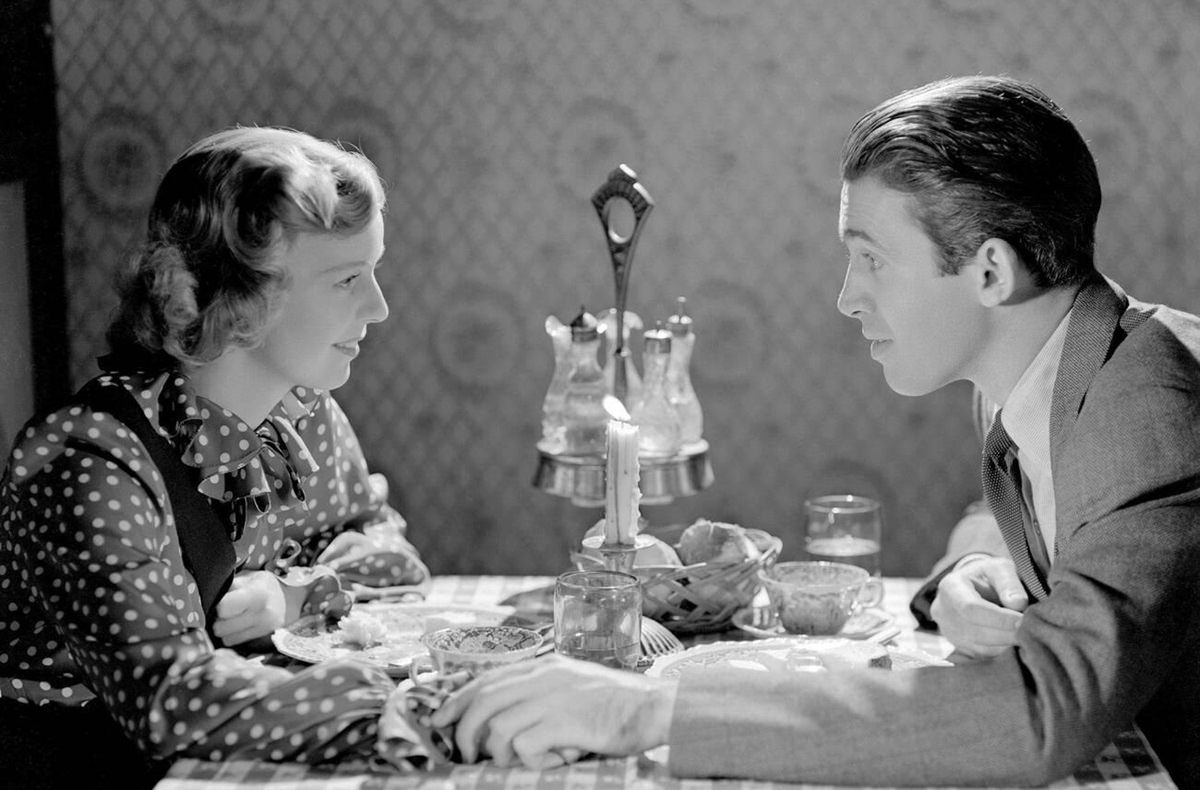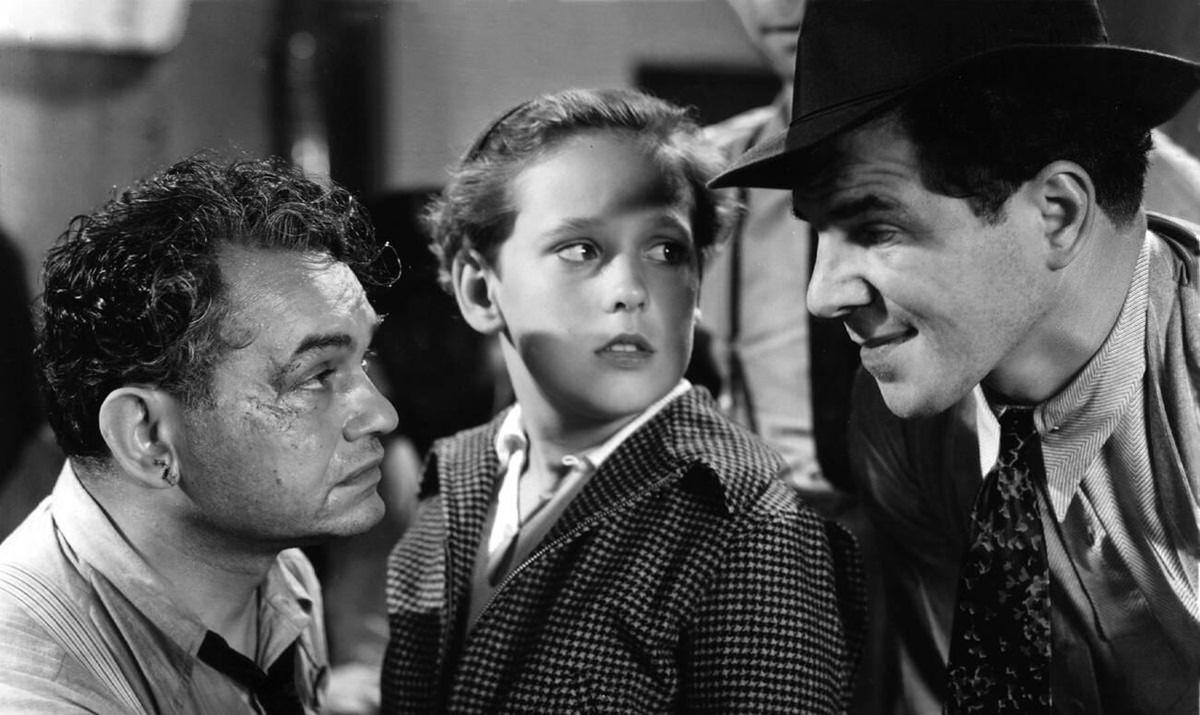Diana Barrymore was born on March 3, 1921, in New York City. She came from a famous family of actors, which shaped her life from the very beginning. Her father was John Barrymore, a legendary actor known for his great talent on stage and screen. Her mother was Blanche Oelrichs, a poet who used the pen name Michael Strange.
Diana’s early years were far from ordinary. Her parents divorced when she was just four years old. After the split, Diana spent most of her time with her mother. They lived in a big house in New York, surrounded by artists and writers. This environment exposed Diana to the creative world from a young age.
Growing up, Diana didn’t see much of her father. John Barrymore was often busy with his acting career and his own personal problems. This absence affected Diana deeply and would influence her later life and choices.
As a child, Diana attended private schools in New York and Europe. She was bright and lively, but also rebellious at times. Her family name opened doors for her, but it also put a lot of pressure on her to live up to the Barrymore legacy.
Career and Movies: A Promising Start
Diana Barrymore’s entry into show business seemed almost inevitable given her family background. She made her stage debut at the age of 16 in a production of “Penny Wise” in 1937. This early start showed promise, and many people expected great things from her.
Read more
Her film career began in 1940 with a small role in “The Great Profile,” a movie that poked fun at her father’s larger-than-life persona. In 1942, she signed a contract with Universal Pictures, which led to several movie roles.
Some of Diana’s notable films include:
1. “Eagle Squadron” (1942): A war drama where she played an English girl.
2. “Between Us Girls” (1942): A comedy where she showed her versatility as an actress.
3. “Nightmare” (1942): A thriller that gave her a chance to tackle more serious roles.
4. “Ladies Courageous” (1944): A war film about female pilots.
Despite these opportunities, Diana’s film career never reached the heights of her father’s. Critics often compared her unfavorably to John Barrymore, which added to her personal struggles.
In addition to movies, Diana also worked in theater and television. She appeared on Broadway in plays like “Romantic Mr. Dickens” and “The Land Is Bright.” Later in her career, she made guest appearances on TV shows, including a role in “Kraft Television Theatre” in 1957.
Personal Life and Marriages
Diana Barrymore’s personal life was as dramatic as any movie plot. She was married three times, each marriage ending in divorce. Her first marriage was to Bramwell Fletcher, an actor 17 years her senior, in 1942. This union lasted only a year.
In 1945, she married John Howard, a tennis player turned actor. This marriage was also short-lived, ending in 1946. Her third and final marriage was to Robert Wilcox in 1950. While this relationship lasted longer than her previous marriages, it too ended in divorce in 1955.
Throughout her adult life, Diana struggled with alcohol addiction. This problem affected her career and personal relationships. She often made headlines for her wild behavior and public incidents, which overshadowed her acting work.
Diana’s relationship with her famous family was complicated. She felt the weight of the Barrymore name and struggled to find her own identity. Her attempts to connect with her father in his later years were difficult and often disappointing.
Too Much Too Soon
In 1957, Diana Barrymore published her autobiography, “Too Much, Too Soon.” The book was a brutally honest account of her life, detailing her troubled childhood, her struggles with addiction, and the challenges of living in the shadow of her famous father.
The autobiography became a bestseller, bringing Diana back into the public eye. It offered readers a glimpse into the darker side of Hollywood and the pressures faced by children of famous parents. The book’s title became a phrase often used to describe Diana’s life – she had experienced too much, too soon.
“Too Much, Too Soon” was later adapted into a movie in 1958, with Dorothy Malone playing the role of Diana. The film brought Diana’s story to an even wider audience, cementing her image as a tragic Hollywood figure.
While the book and subsequent film brought Diana financial success and renewed public interest, they also reinforced her image as a troubled star. This made it difficult for her to move past her problems and rebuild her acting career.
The Final Curtain: A Farewell to a Beloved Star
Diana Barrymore’s life came to a tragic end on January 25, 1960. She was found dead in her apartment in New York City at the age of 38. The official cause of death was listed as an overdose of alcohol and sleeping pills.
Her death shocked many in Hollywood and beyond. It was seen as the final chapter in a life marked by both privilege and pain. Many who knew her spoke of her talent and charm, lamenting the personal demons that had plagued her throughout her life.
Diana’s funeral was held at Campbell’s Funeral Home in New York City. It was attended by family members, friends, and figures from the entertainment world. Despite the troubles in her life, many came to pay their respects to the actress who had struggled so publicly with the burden of her famous name.
After the funeral service, Diana Barrymore was laid to rest in Woodlawn Cemetery in the Bronx, New York. She was buried near other members of the Barrymore family, including her father John Barrymore who had passed away in 1942.
Diana’s grave became a place of pilgrimage for fans of classic Hollywood and those touched by her story. Her headstone, simple yet elegant, stands as a reminder of a life lived in the spotlight, with all its glamour and challenges.


